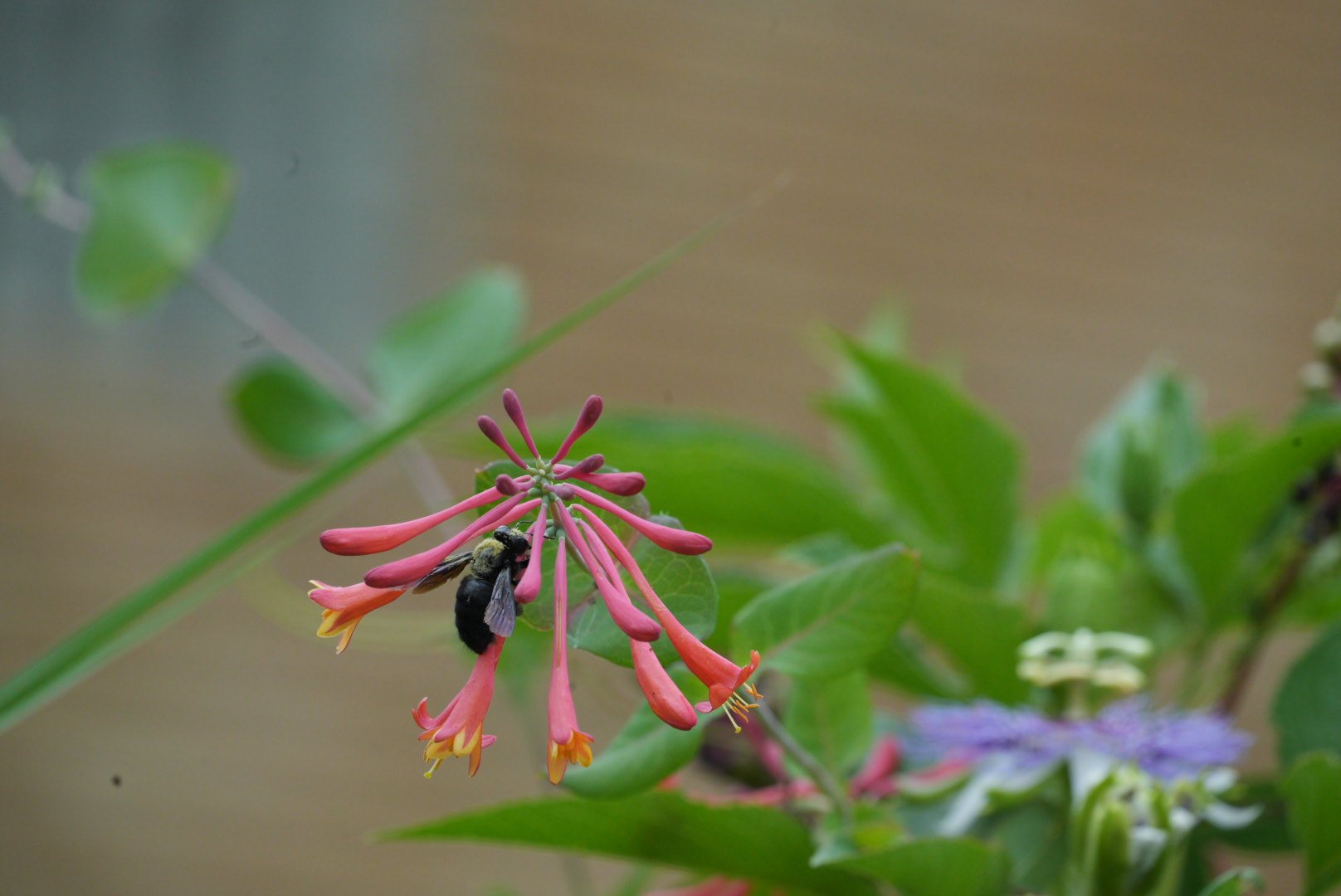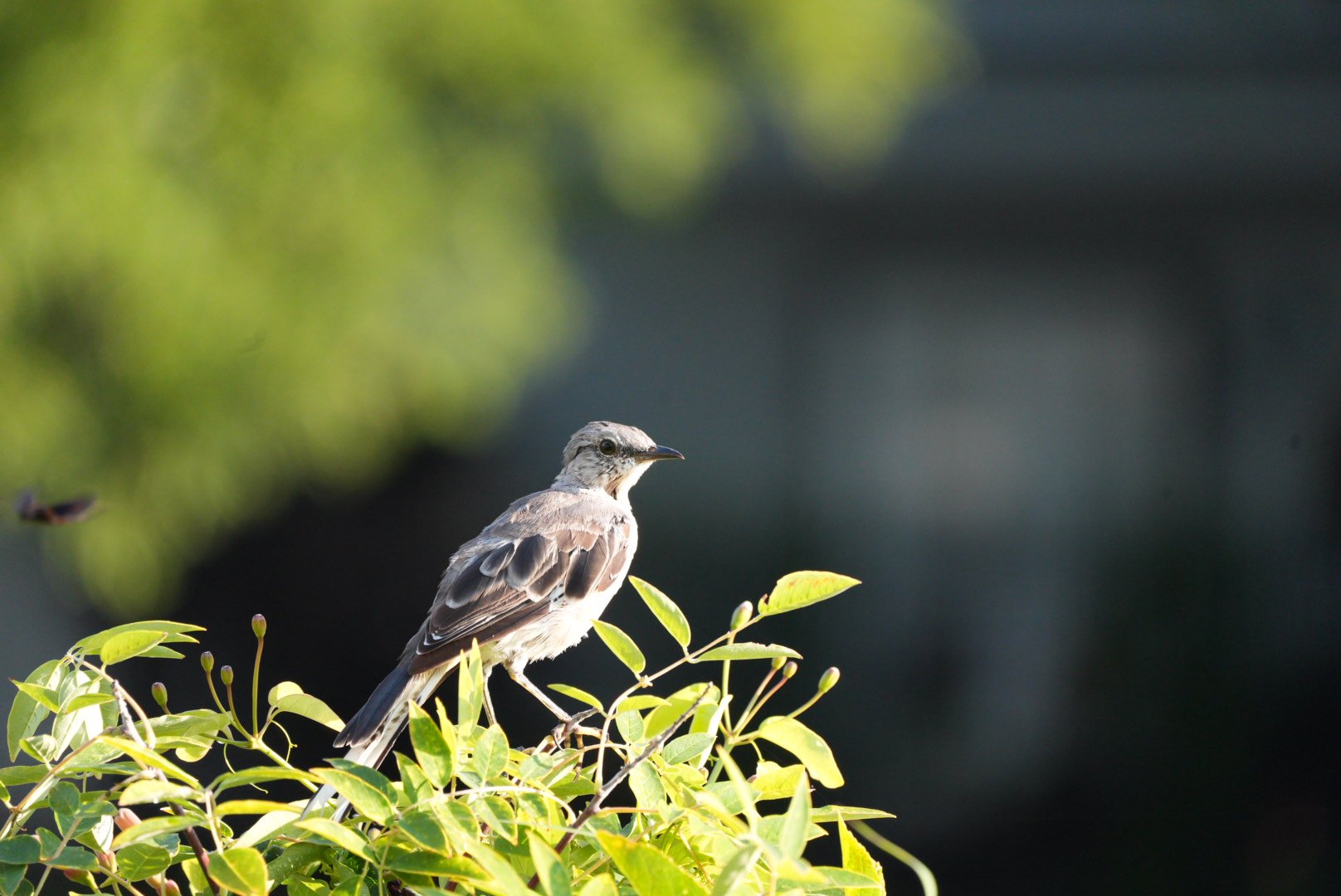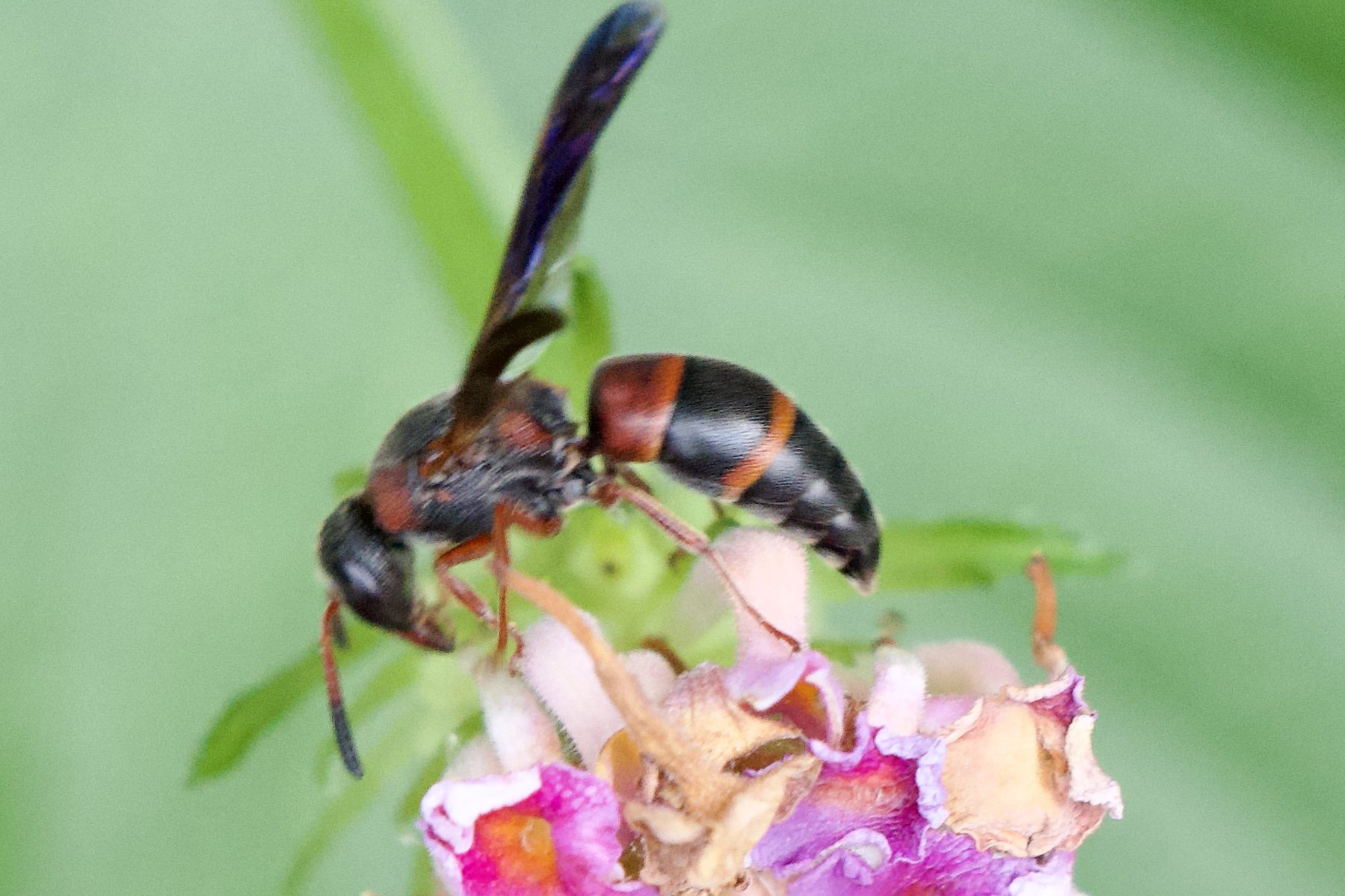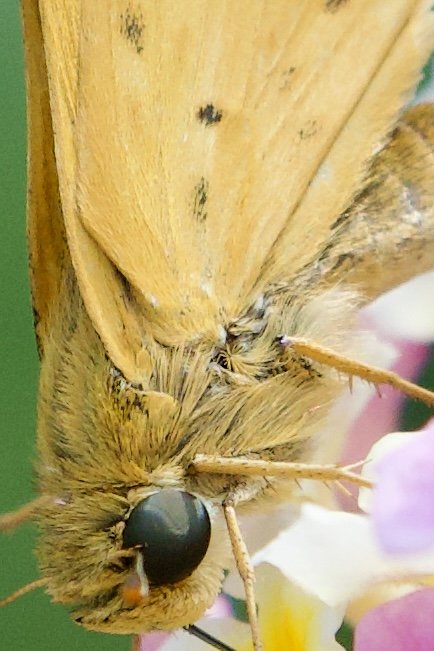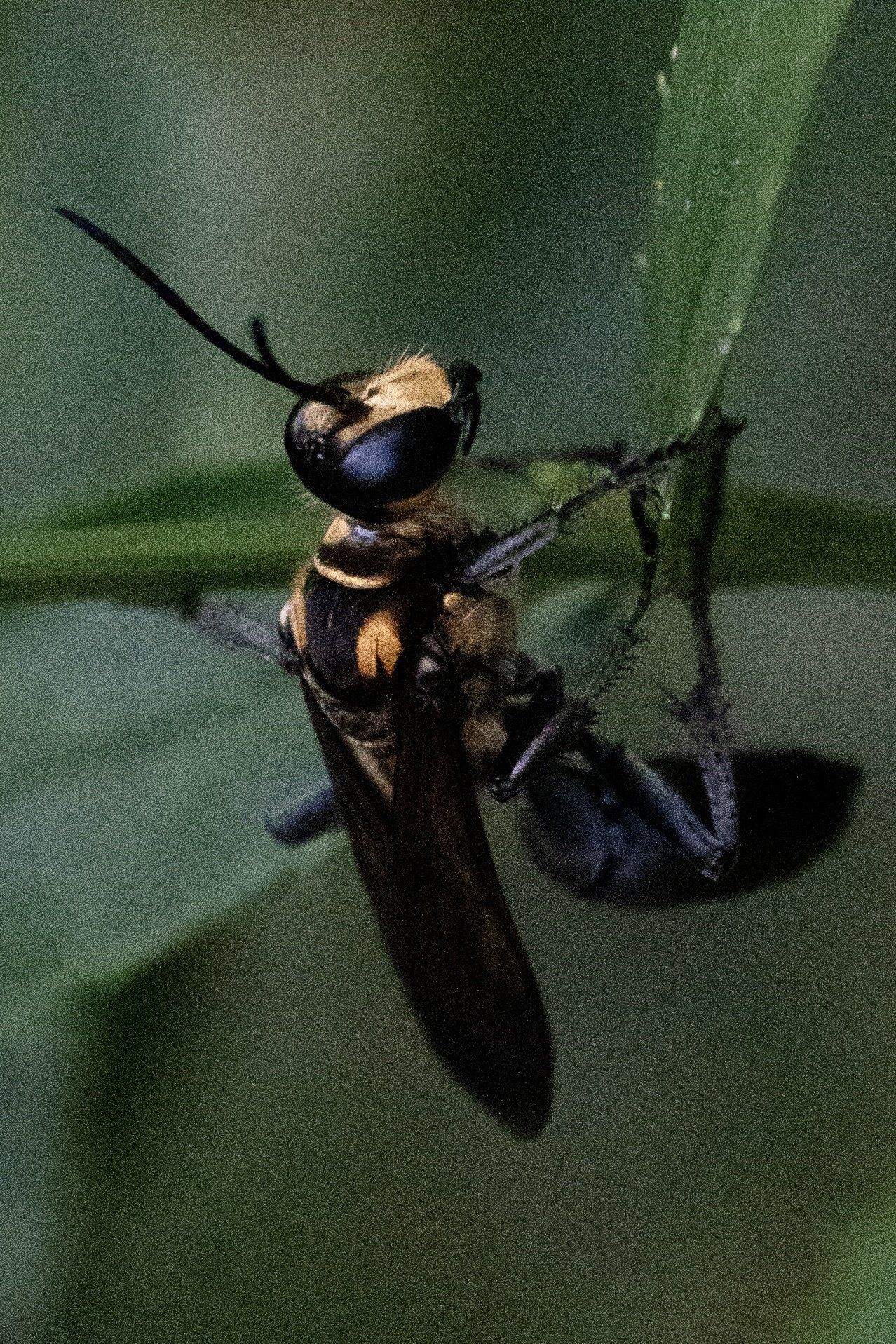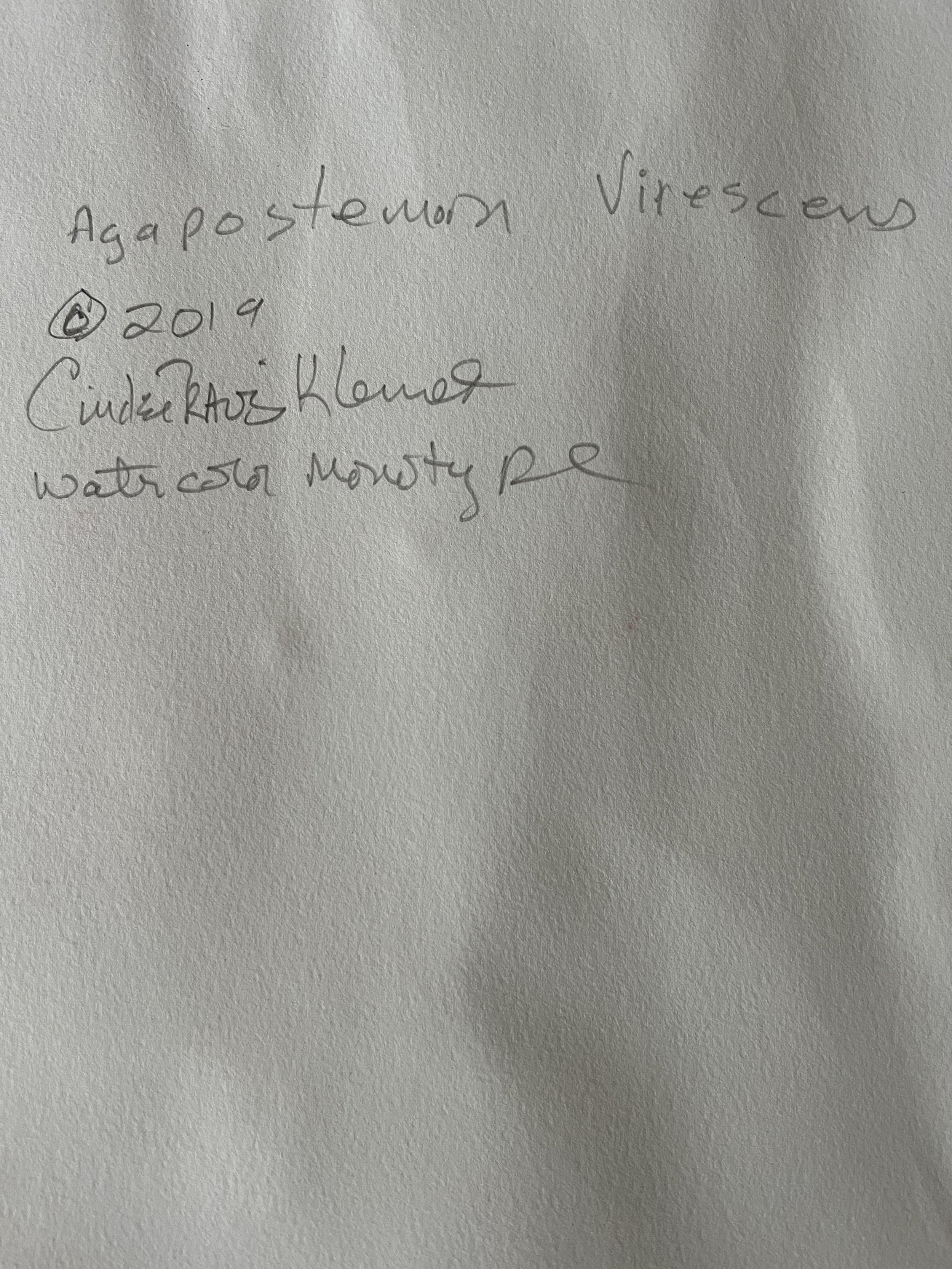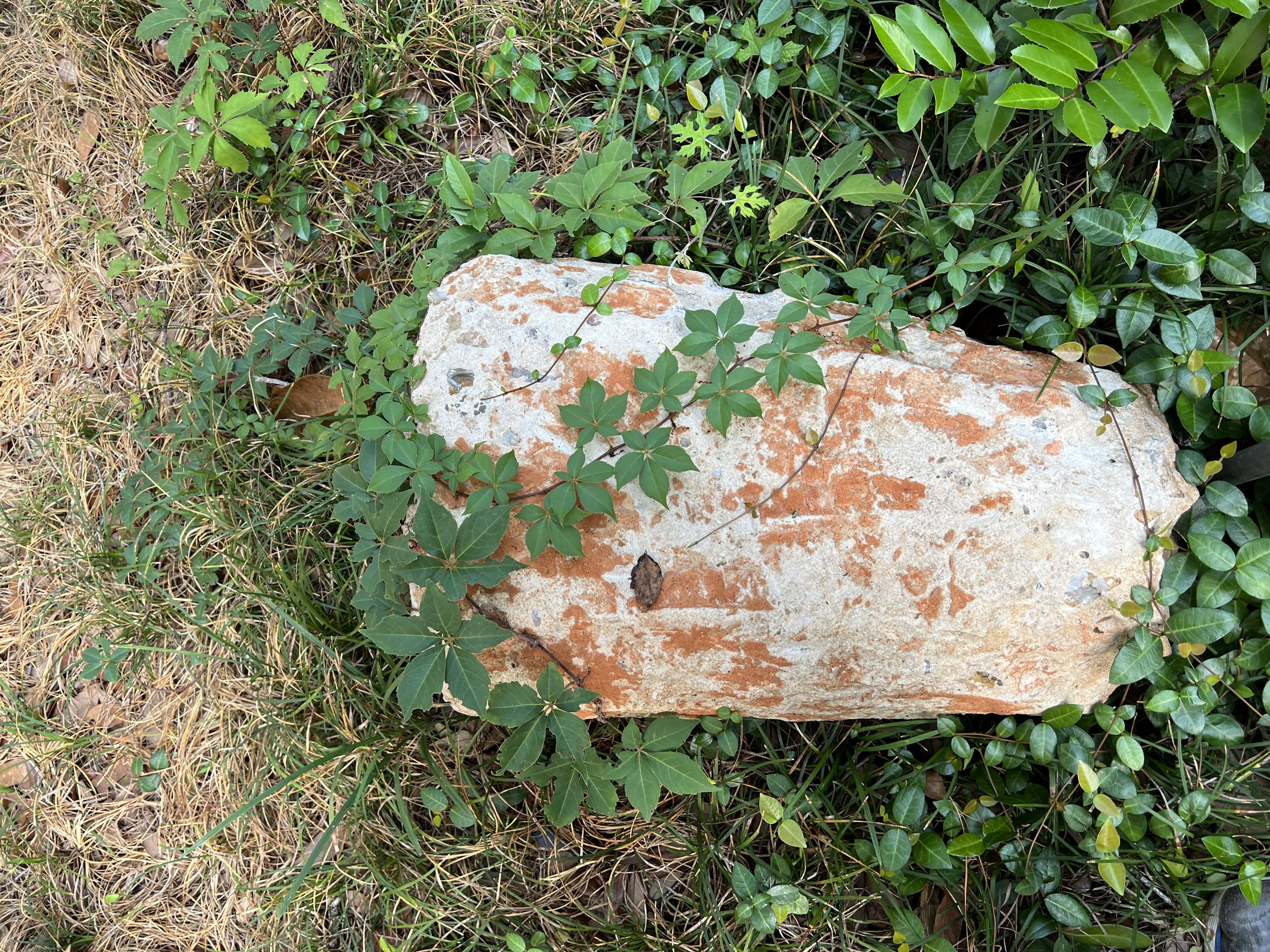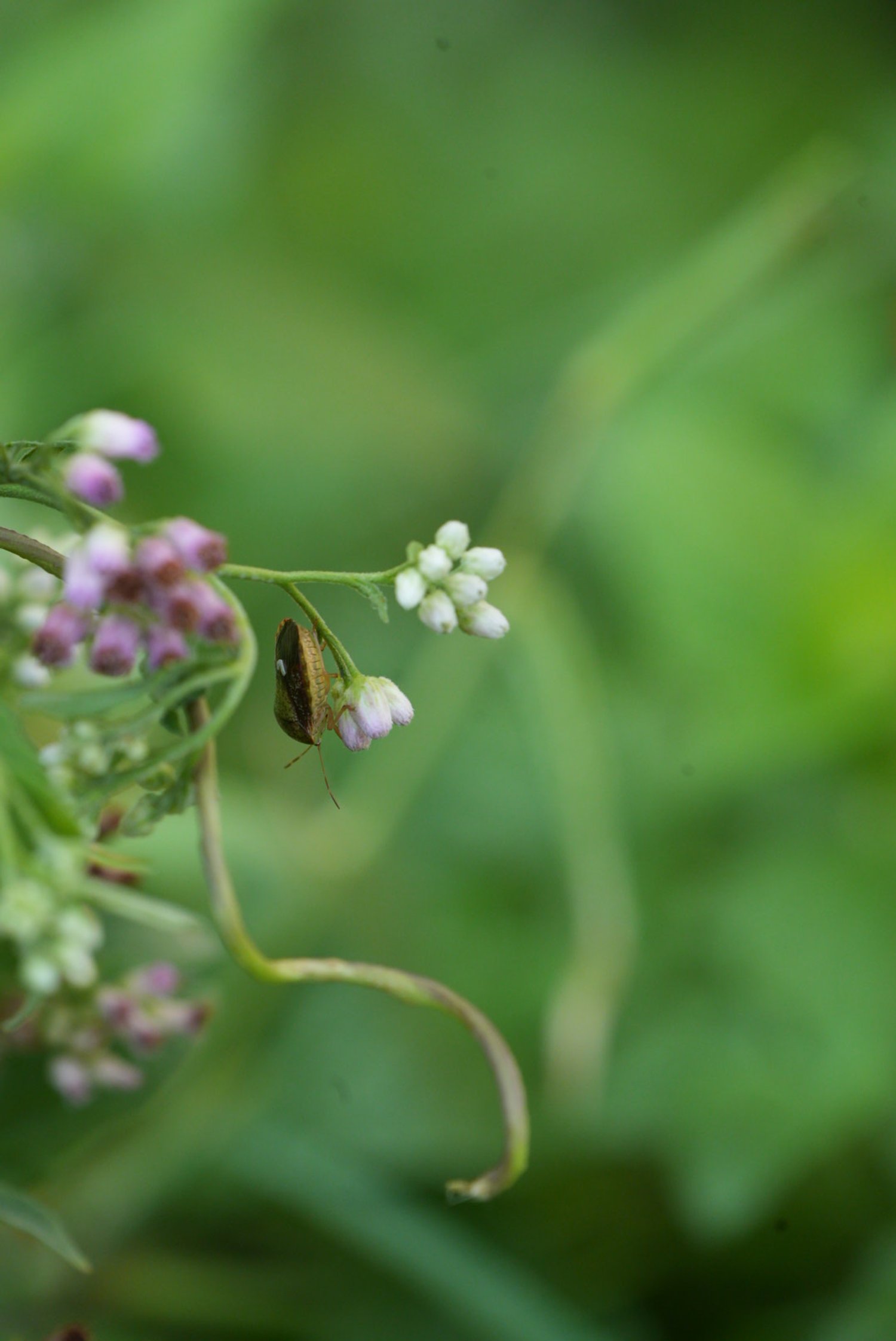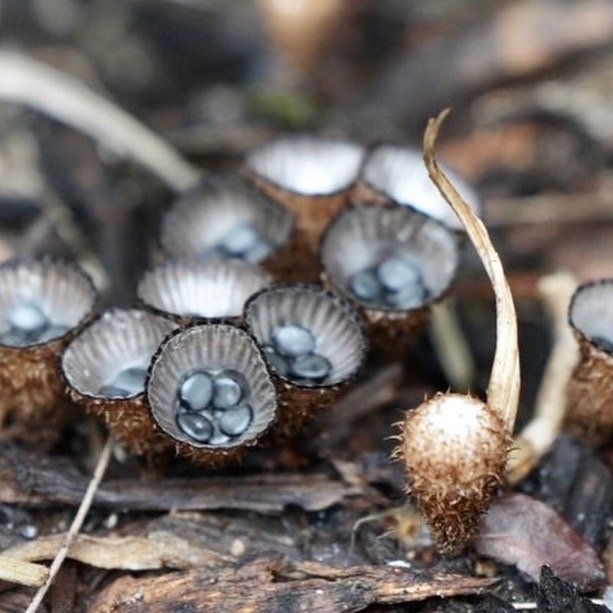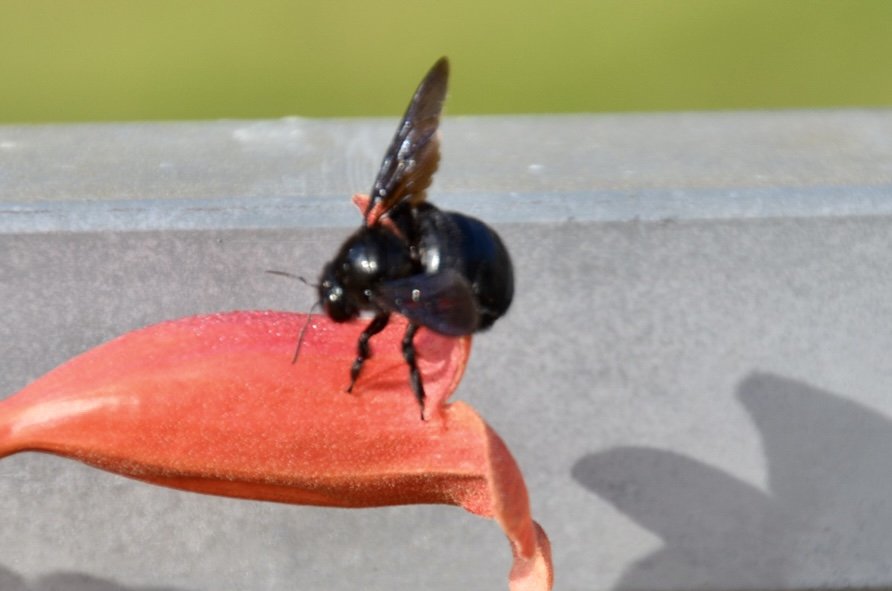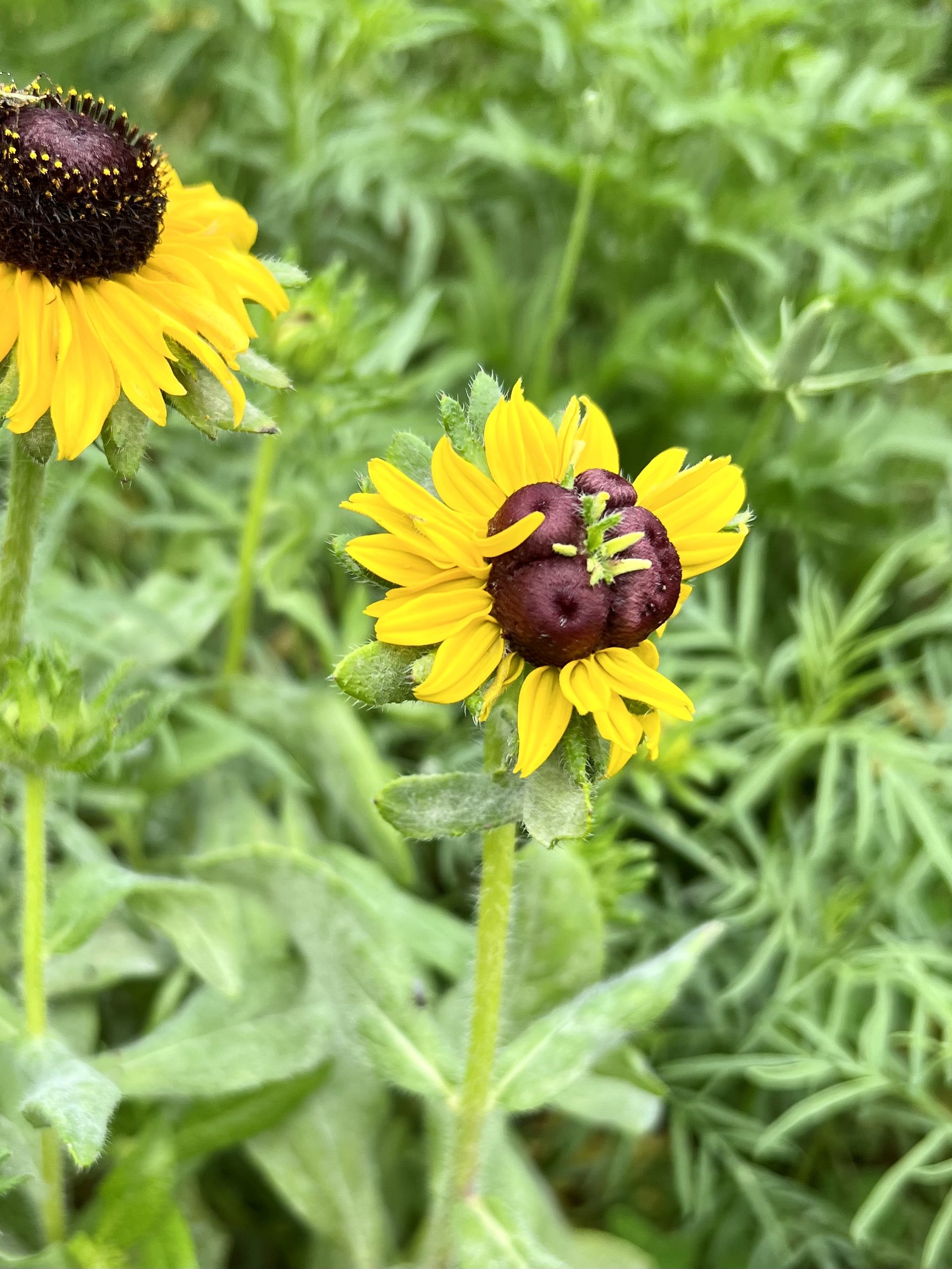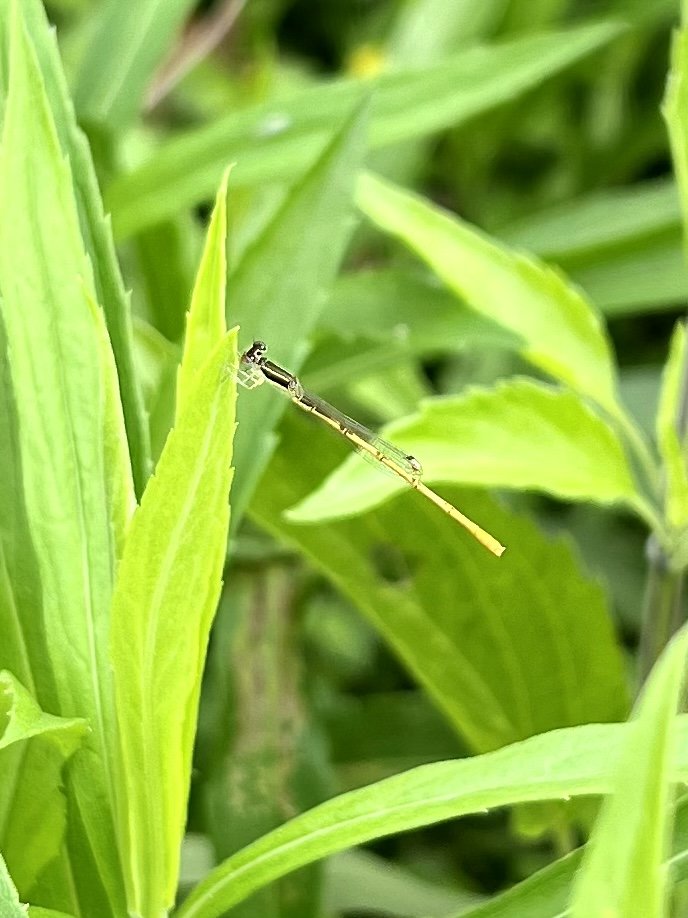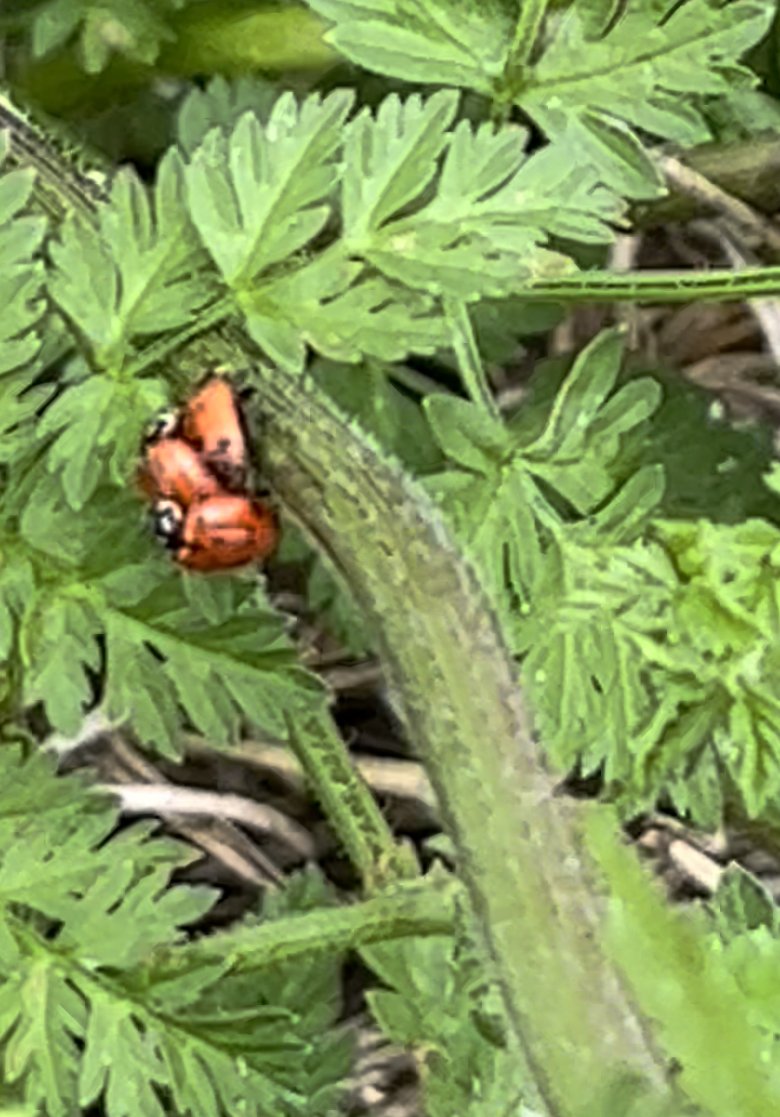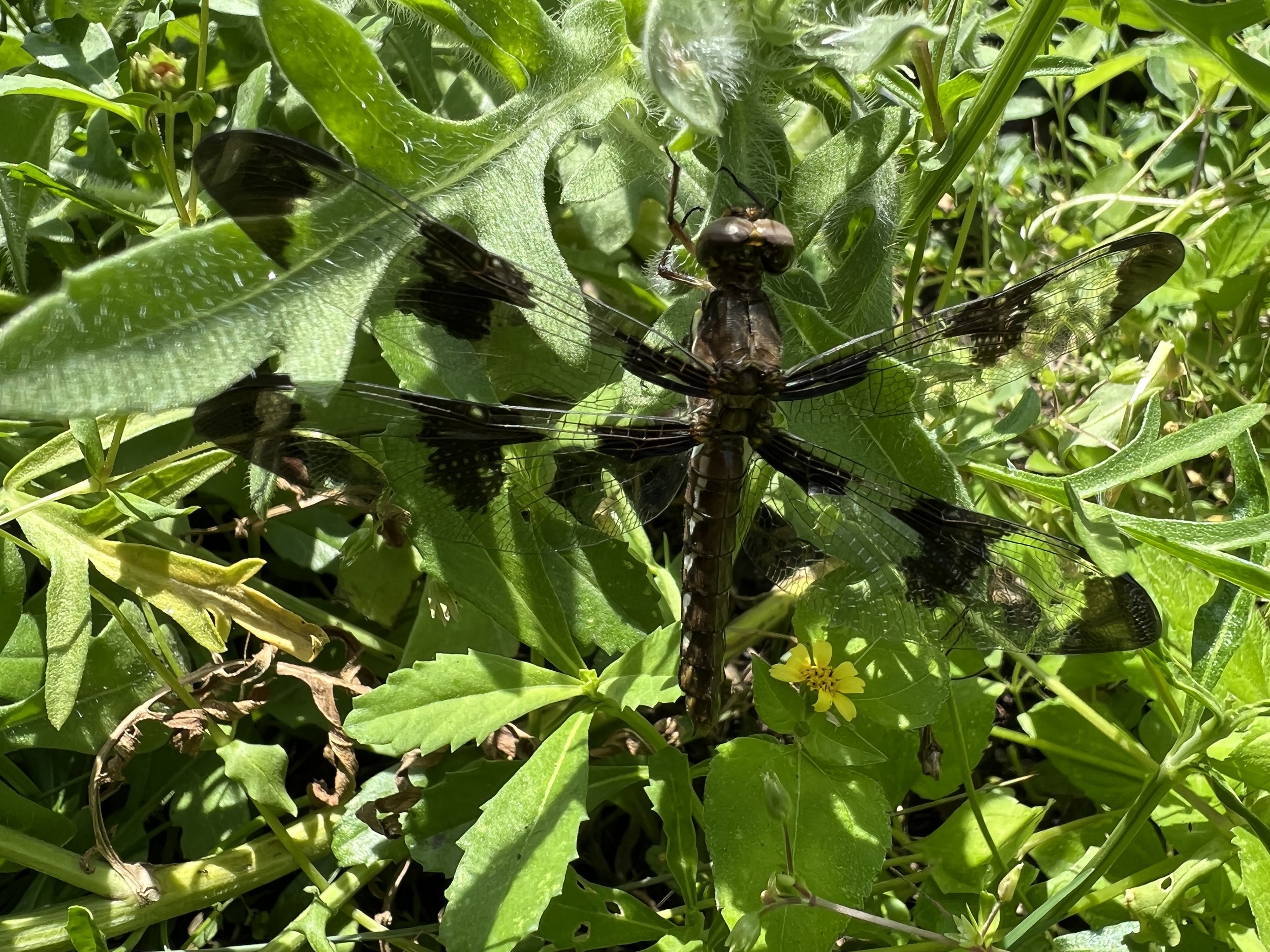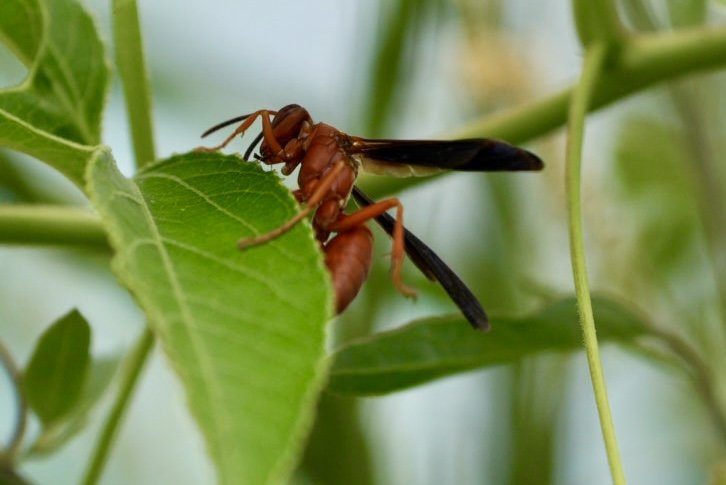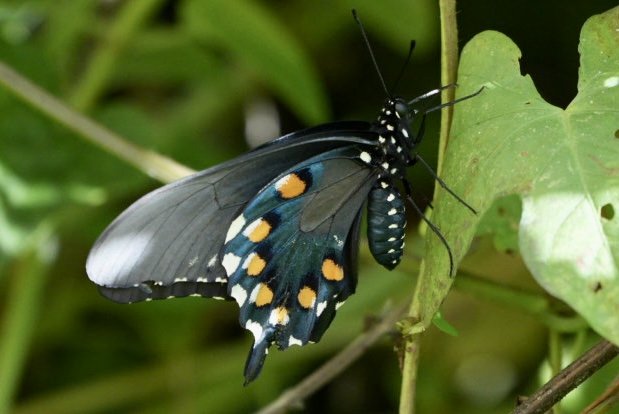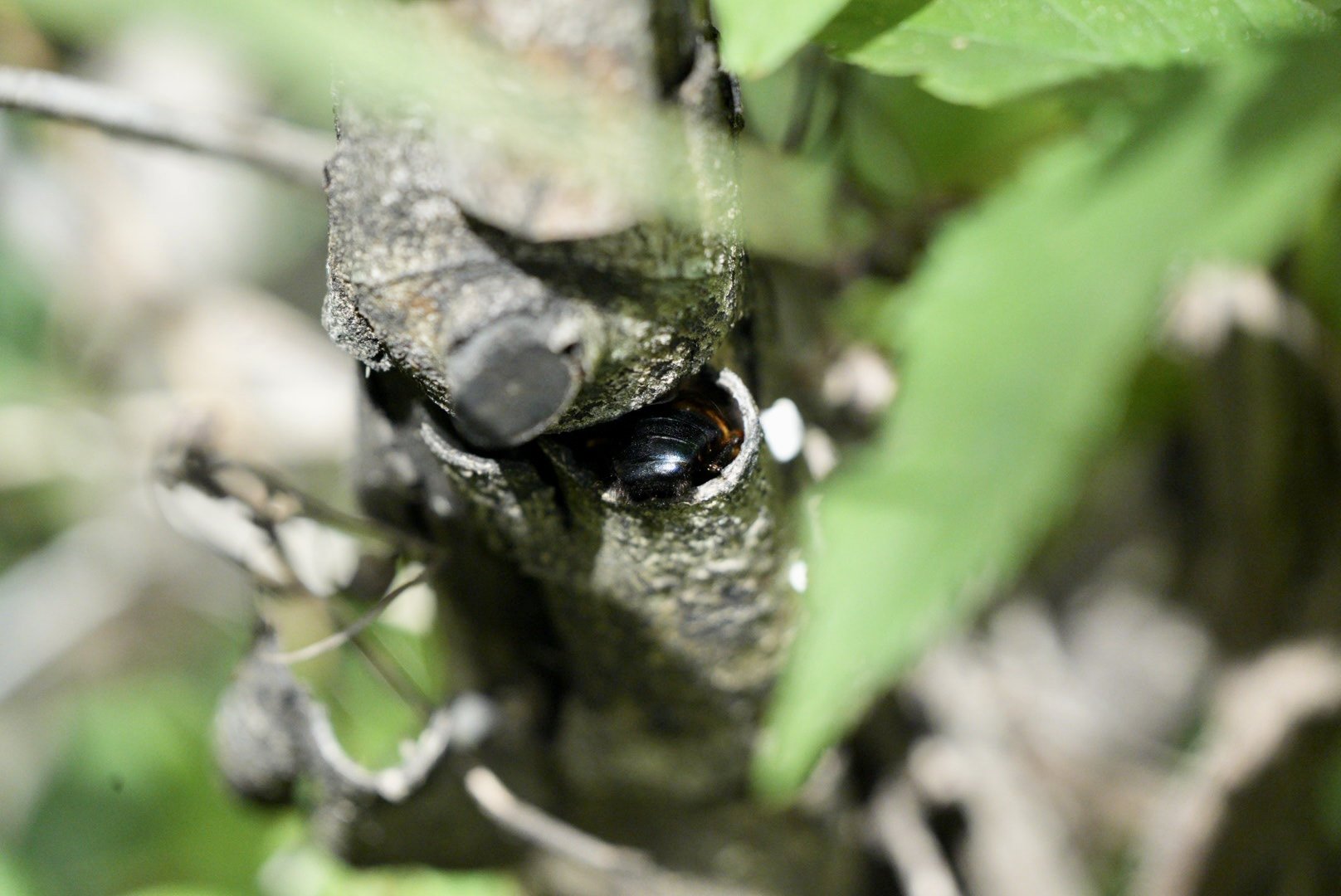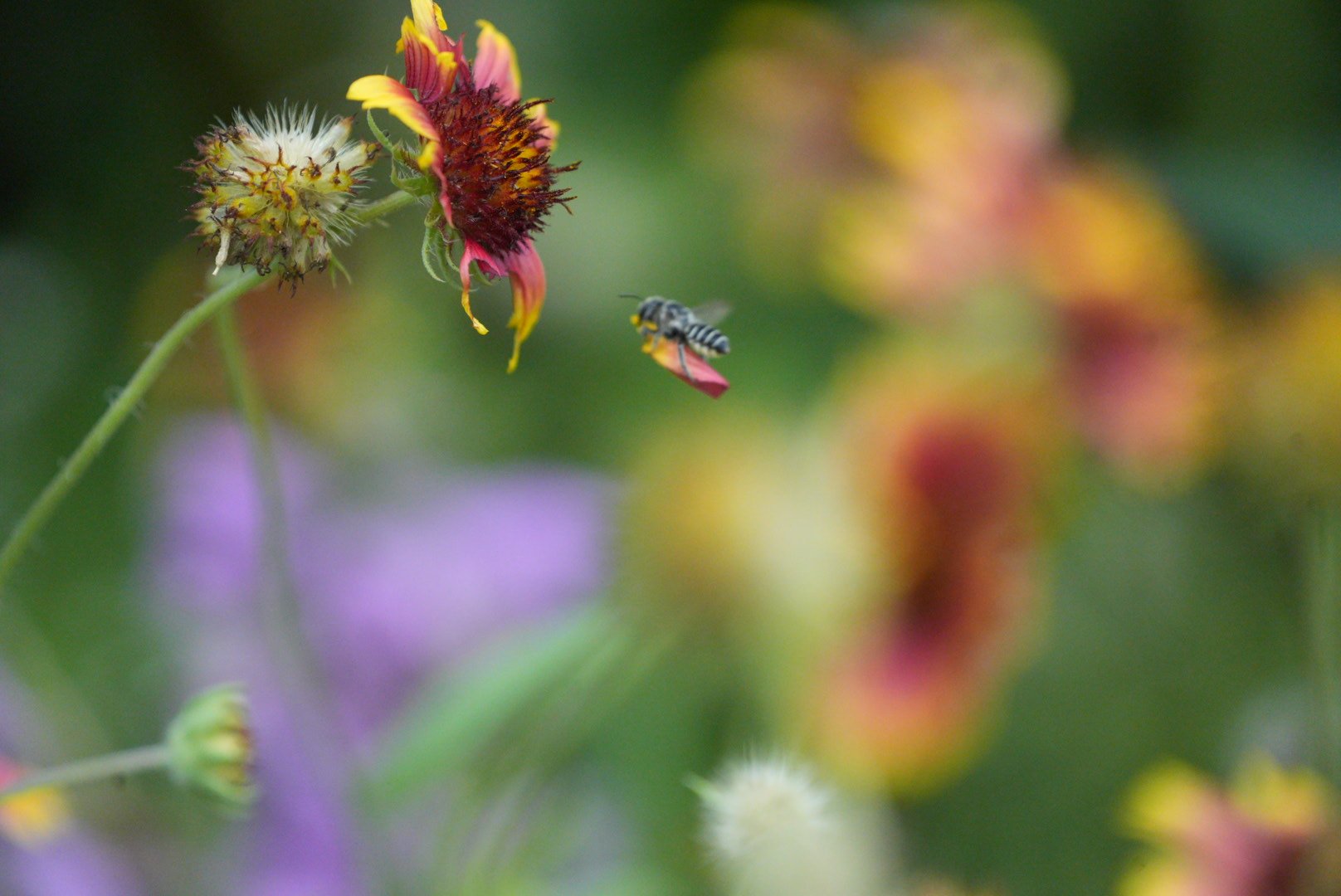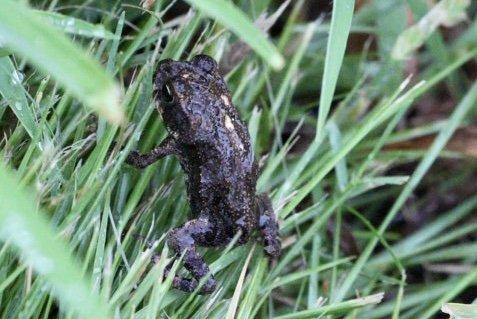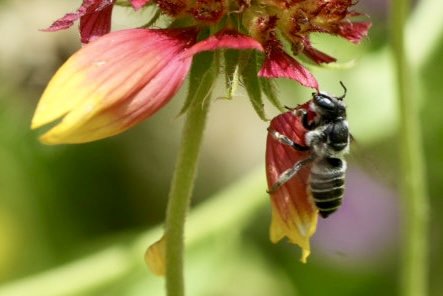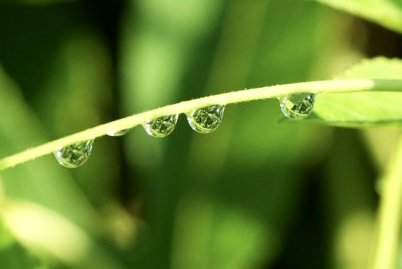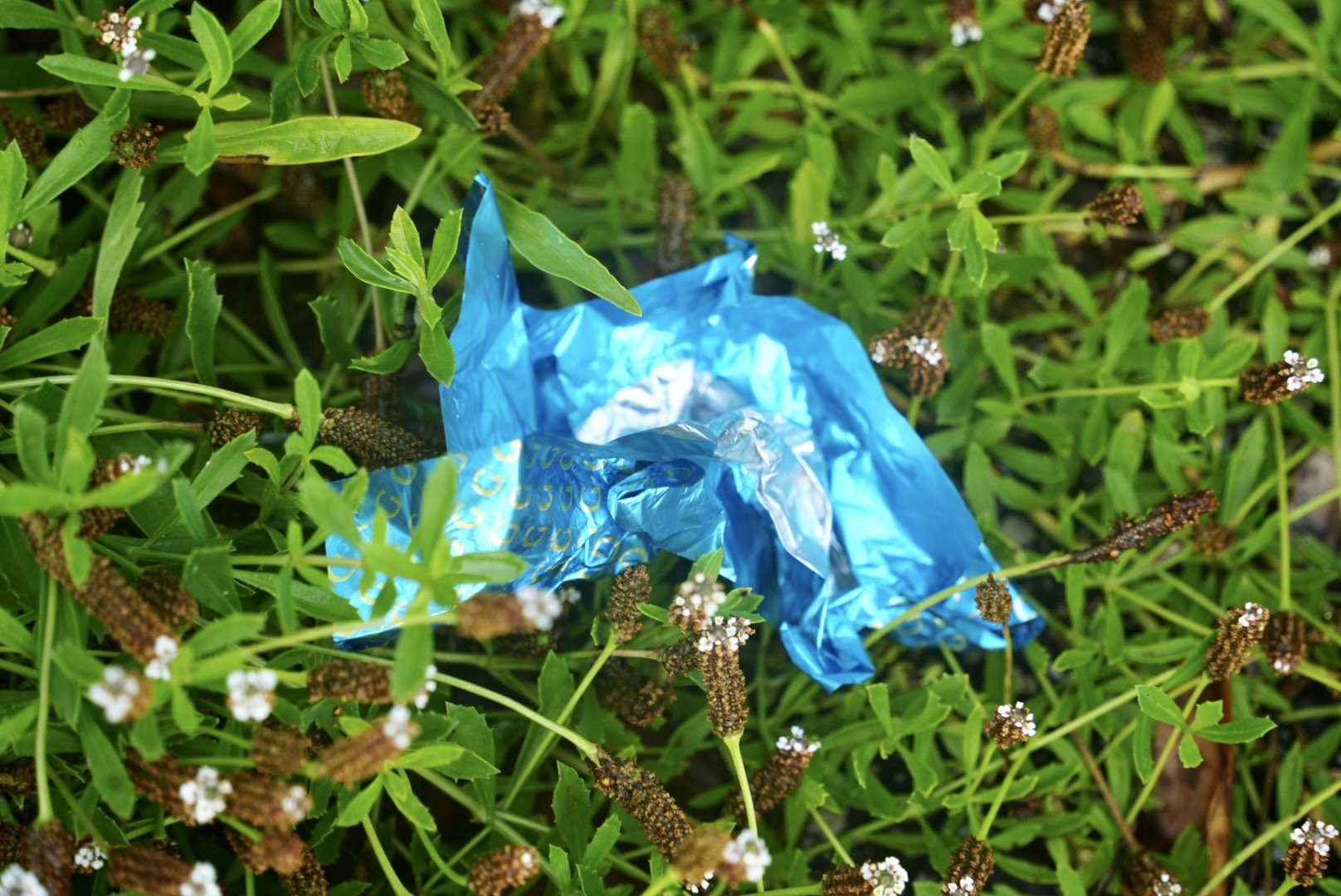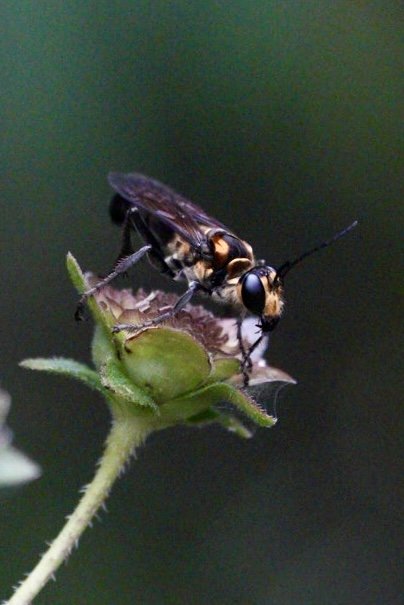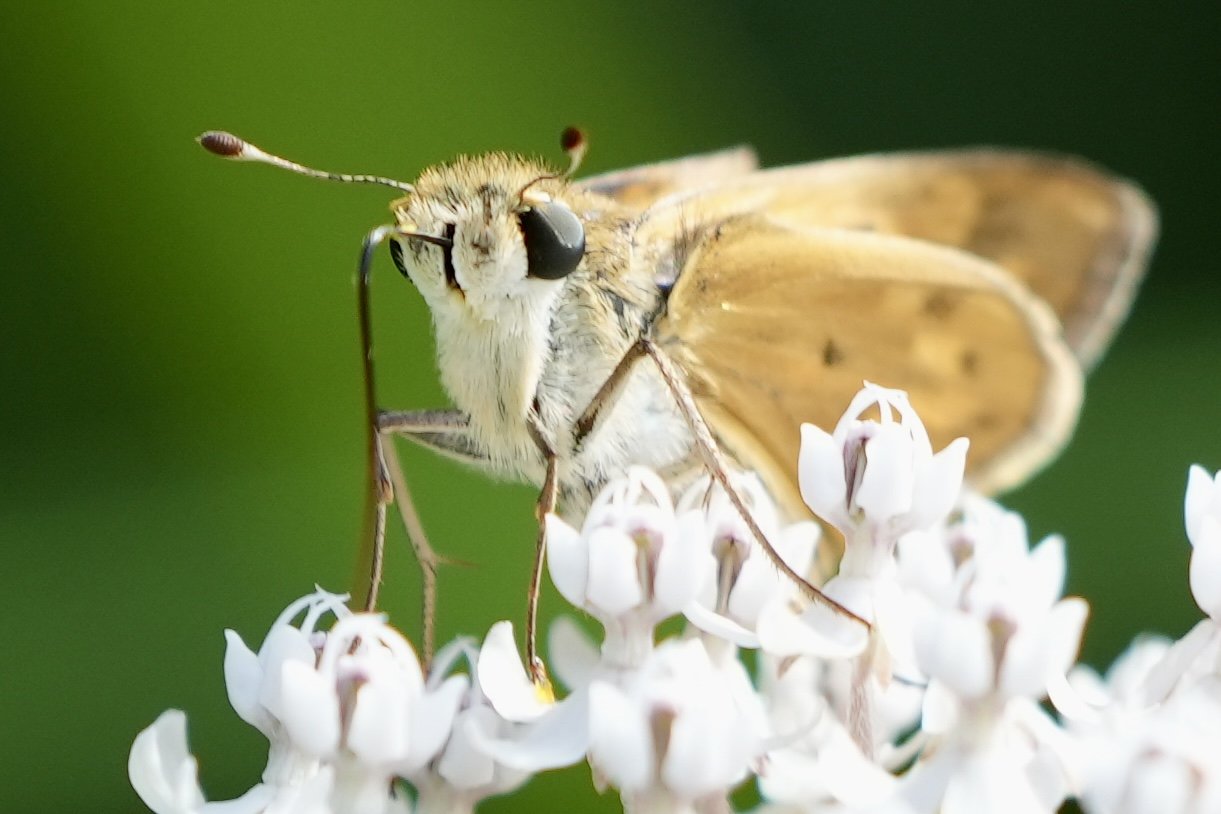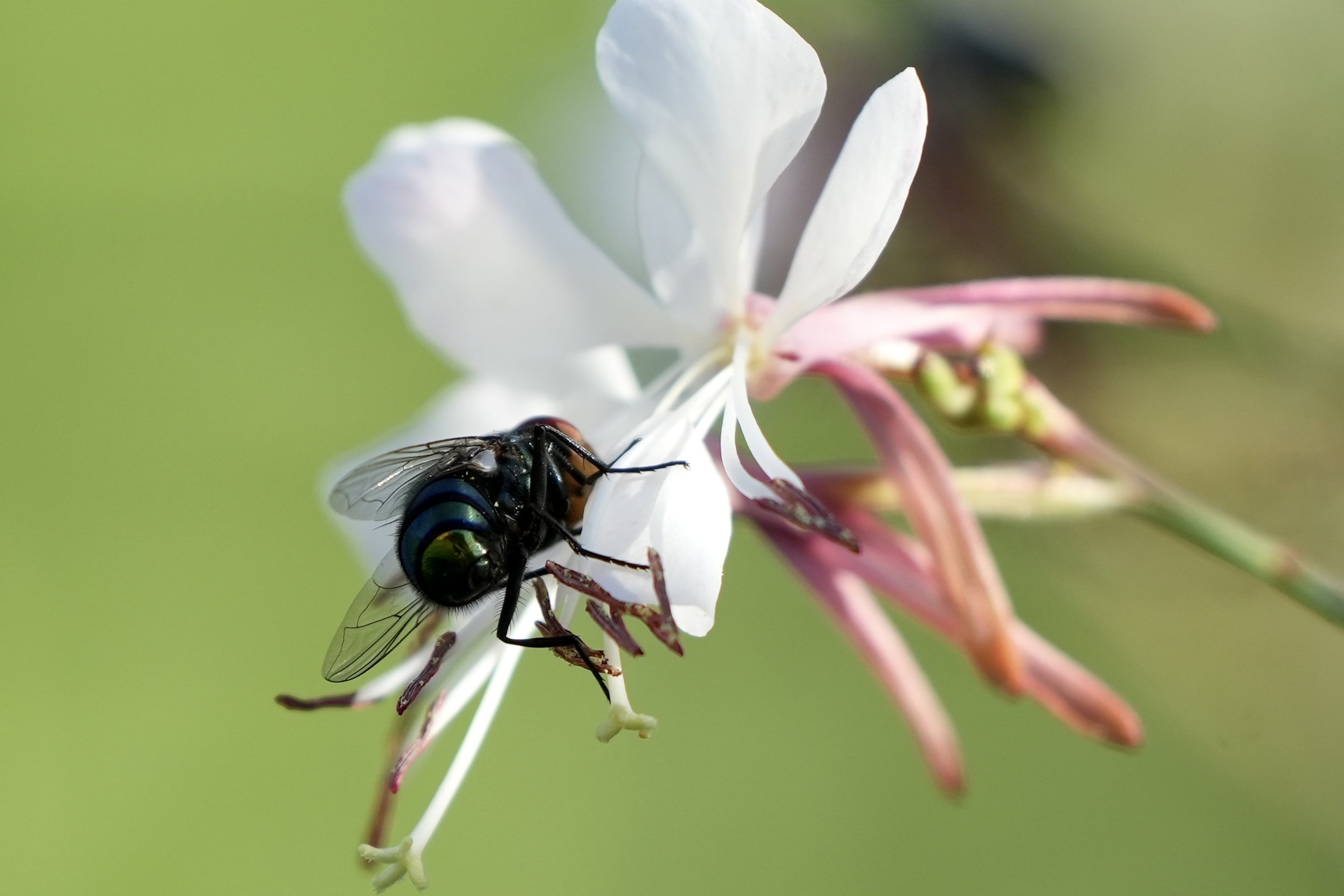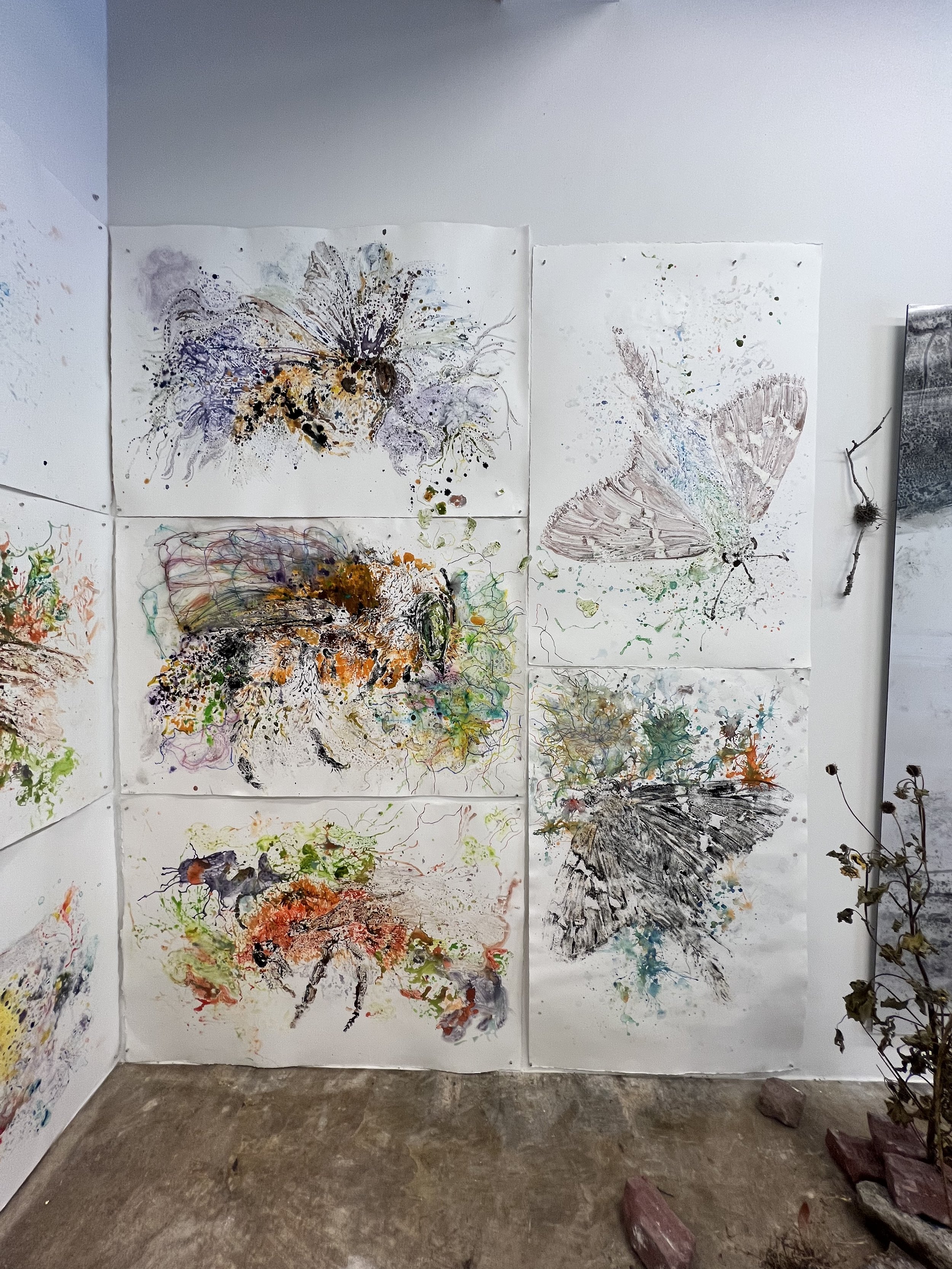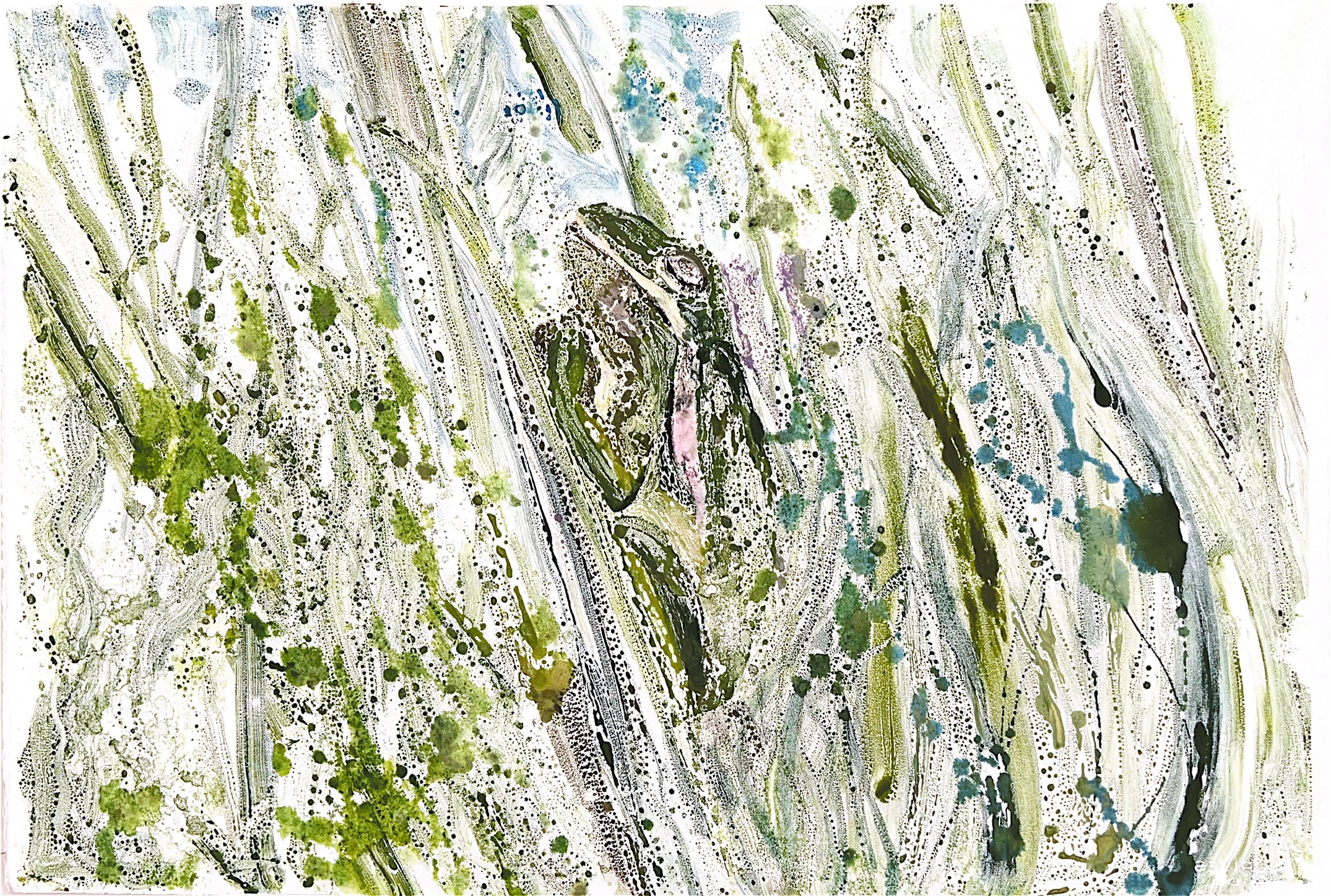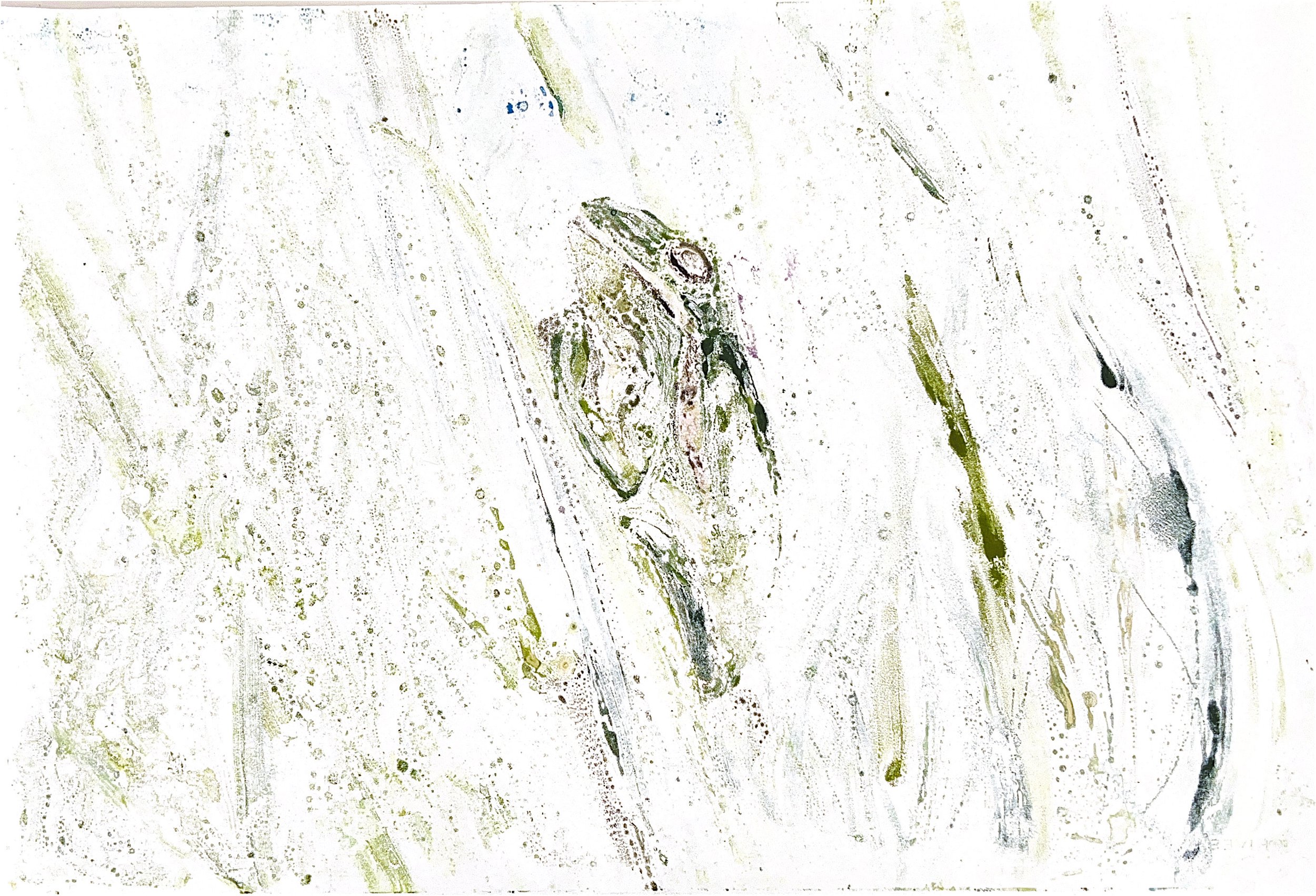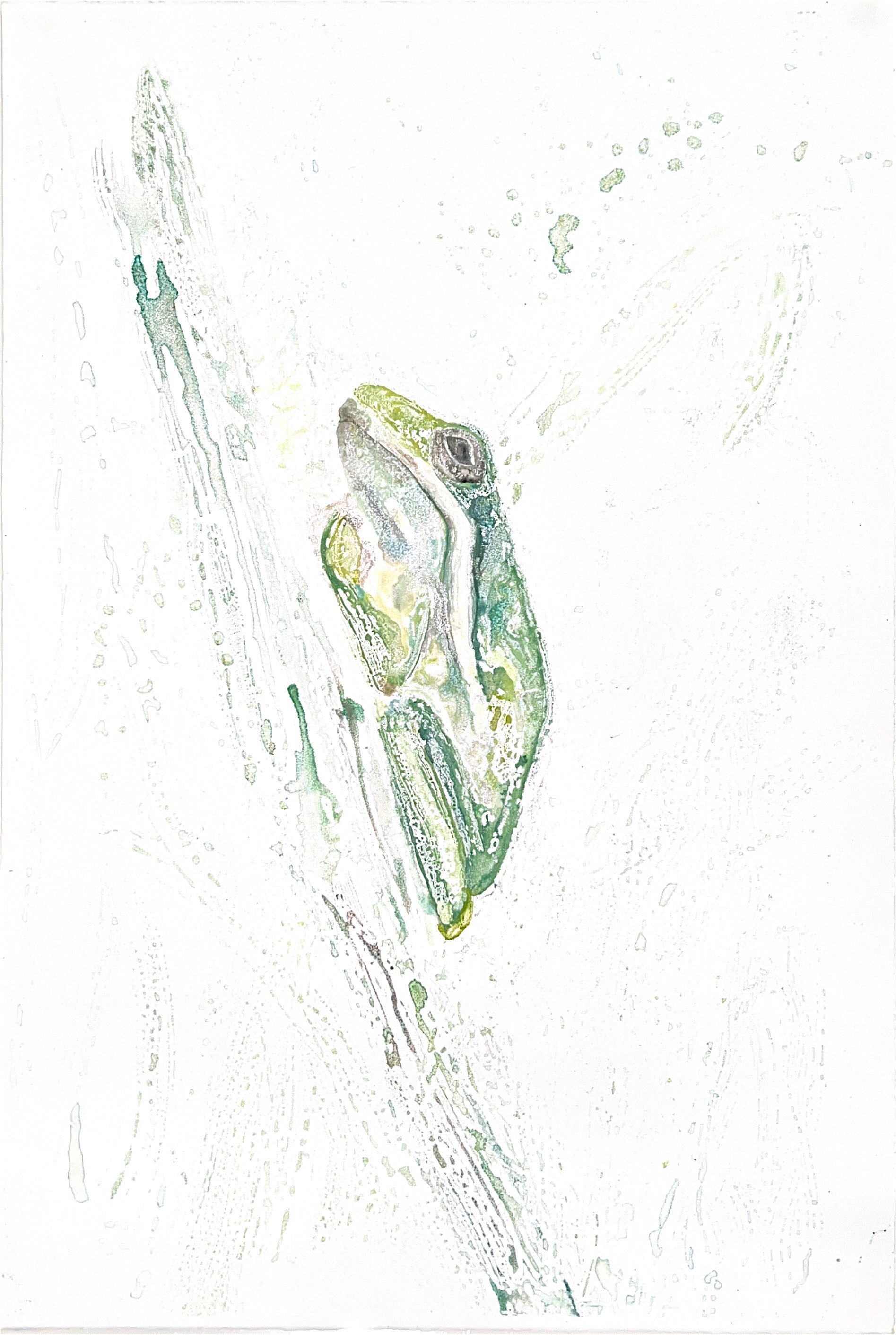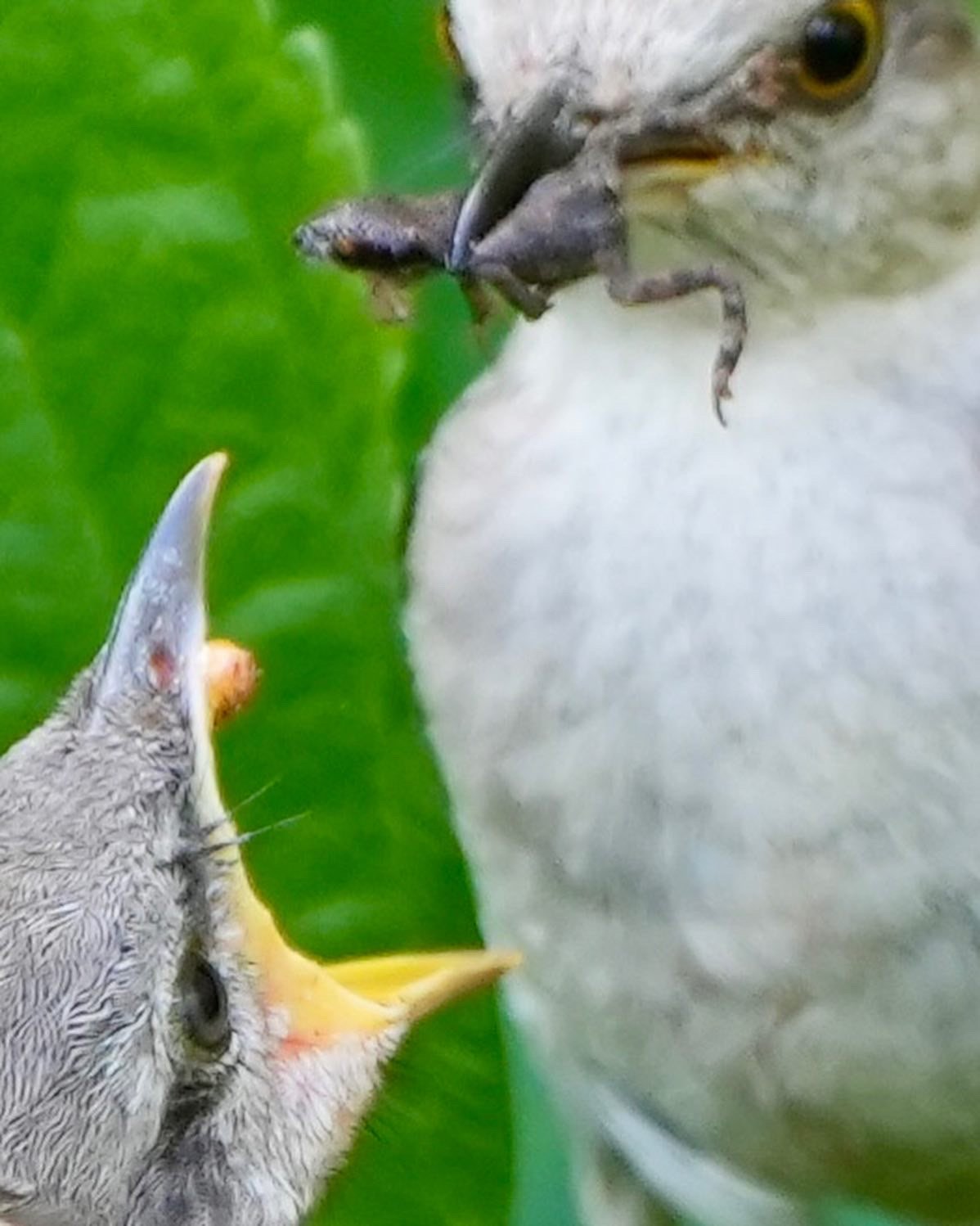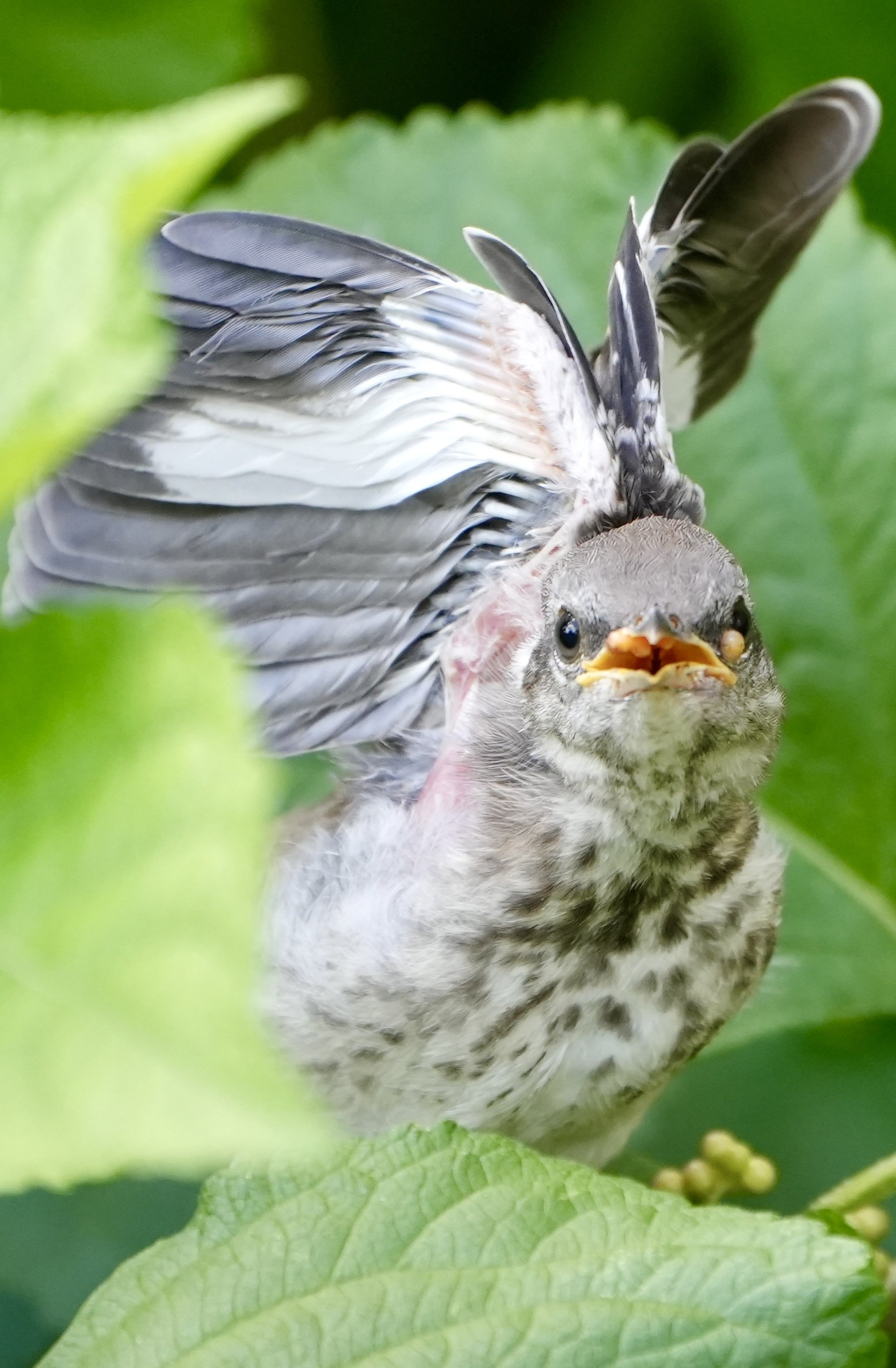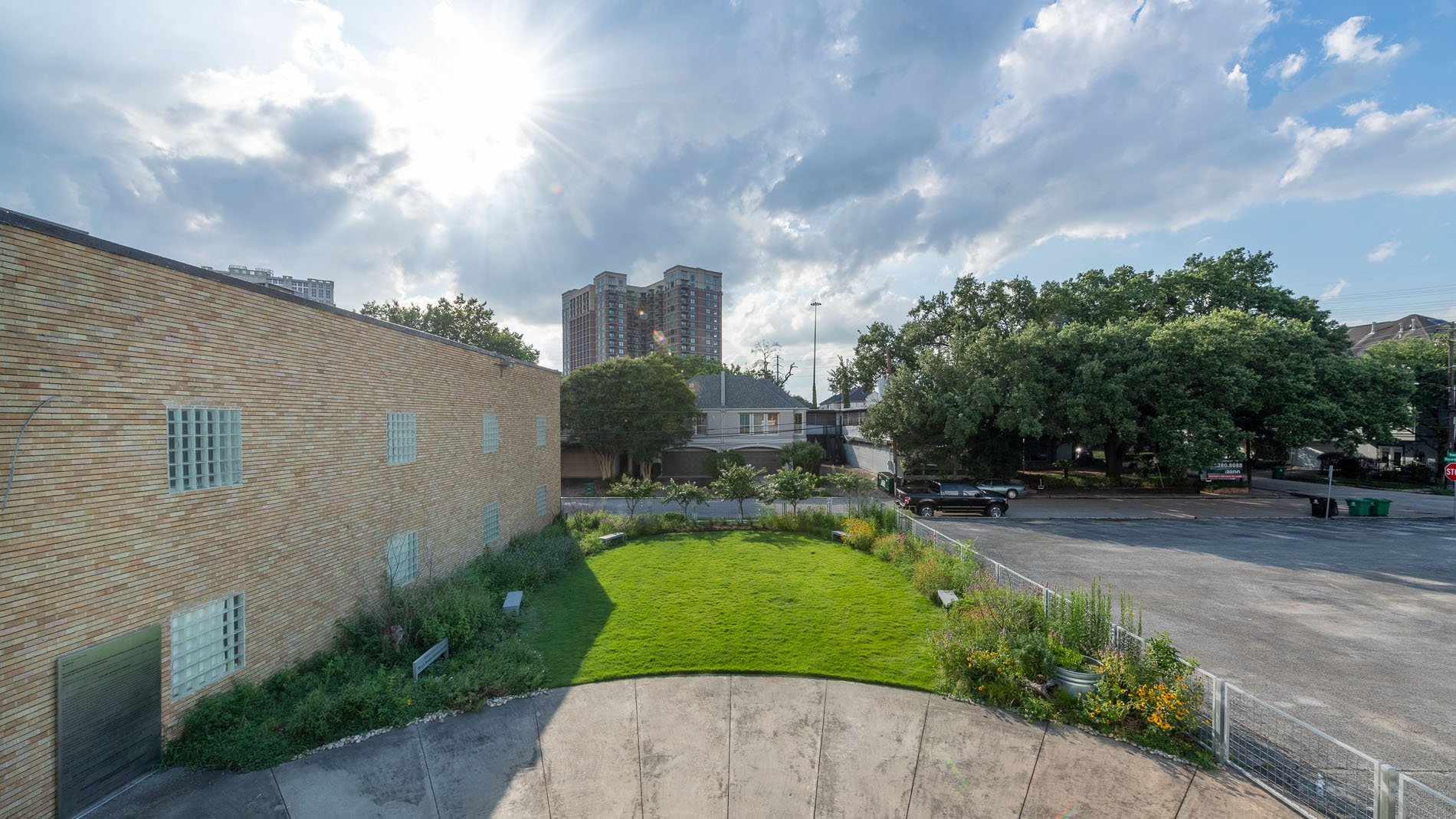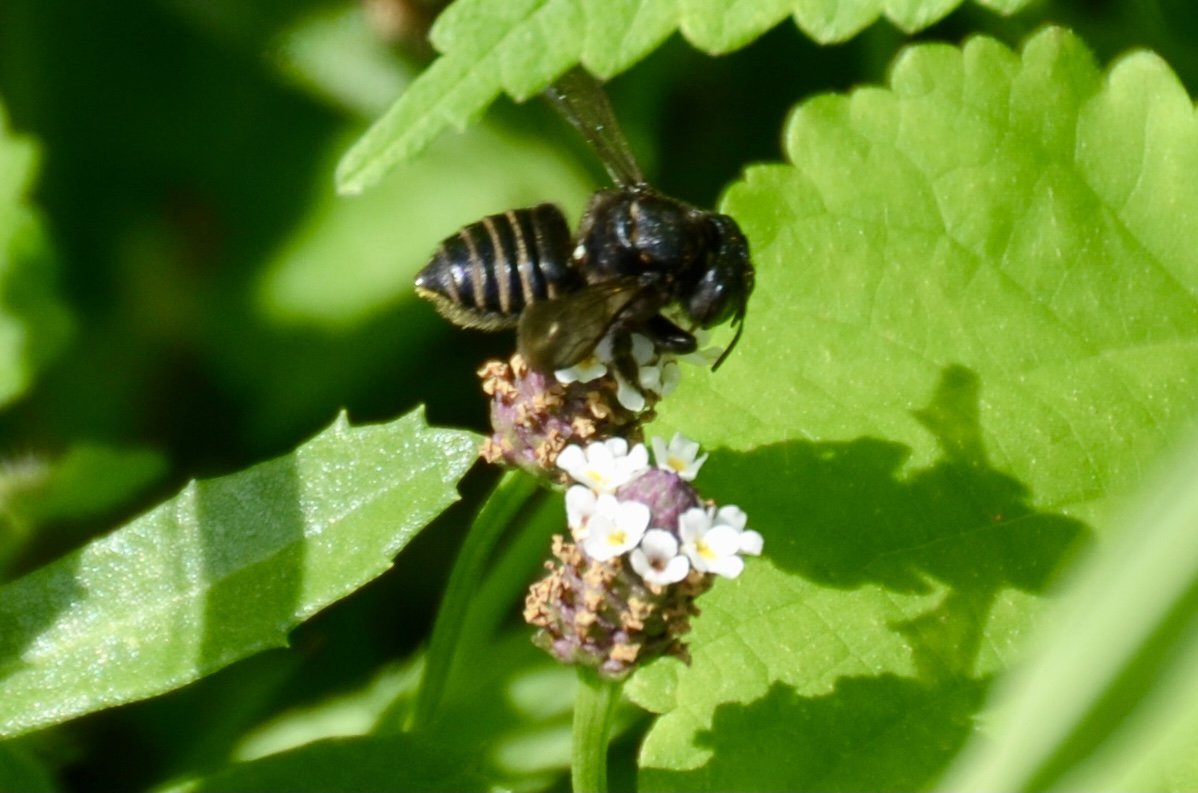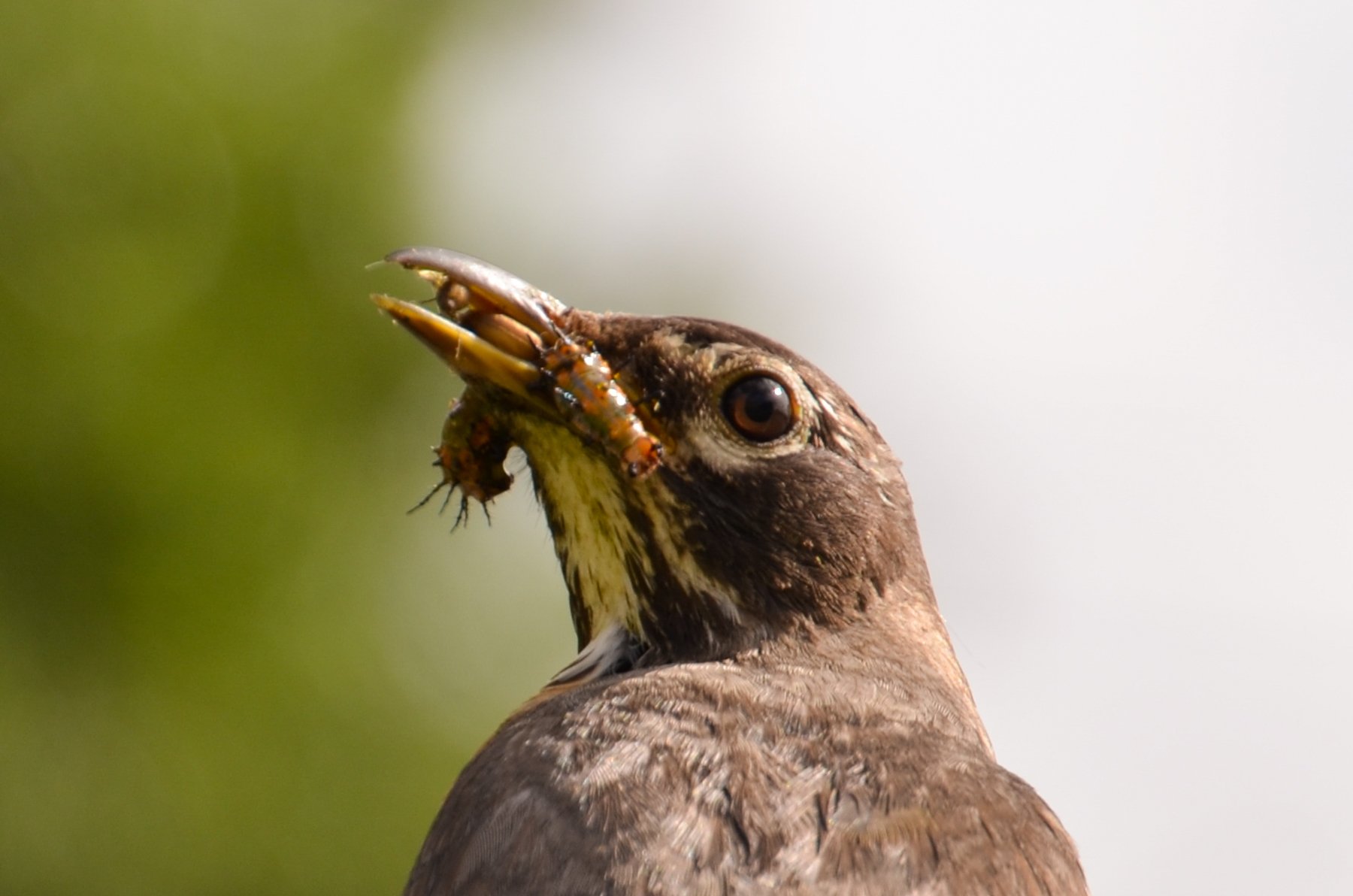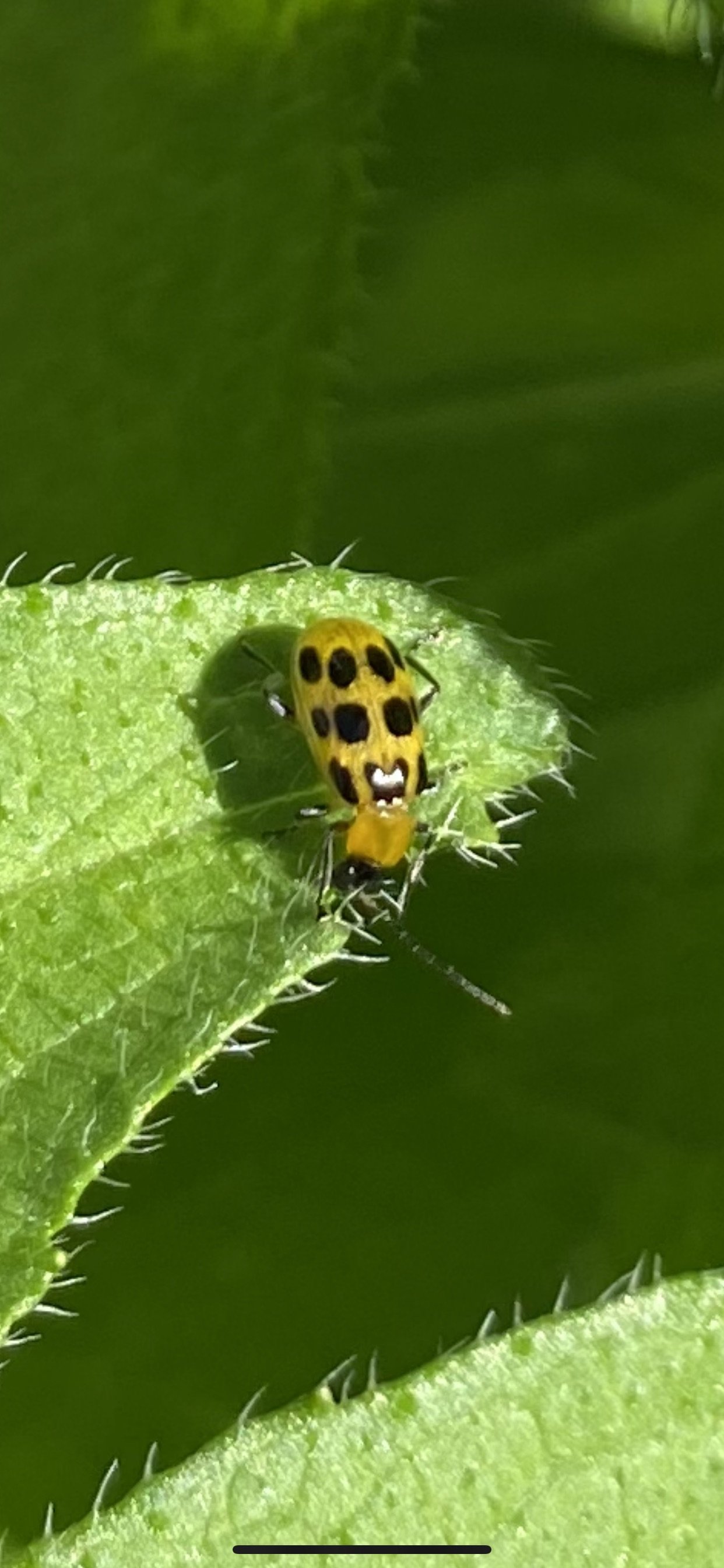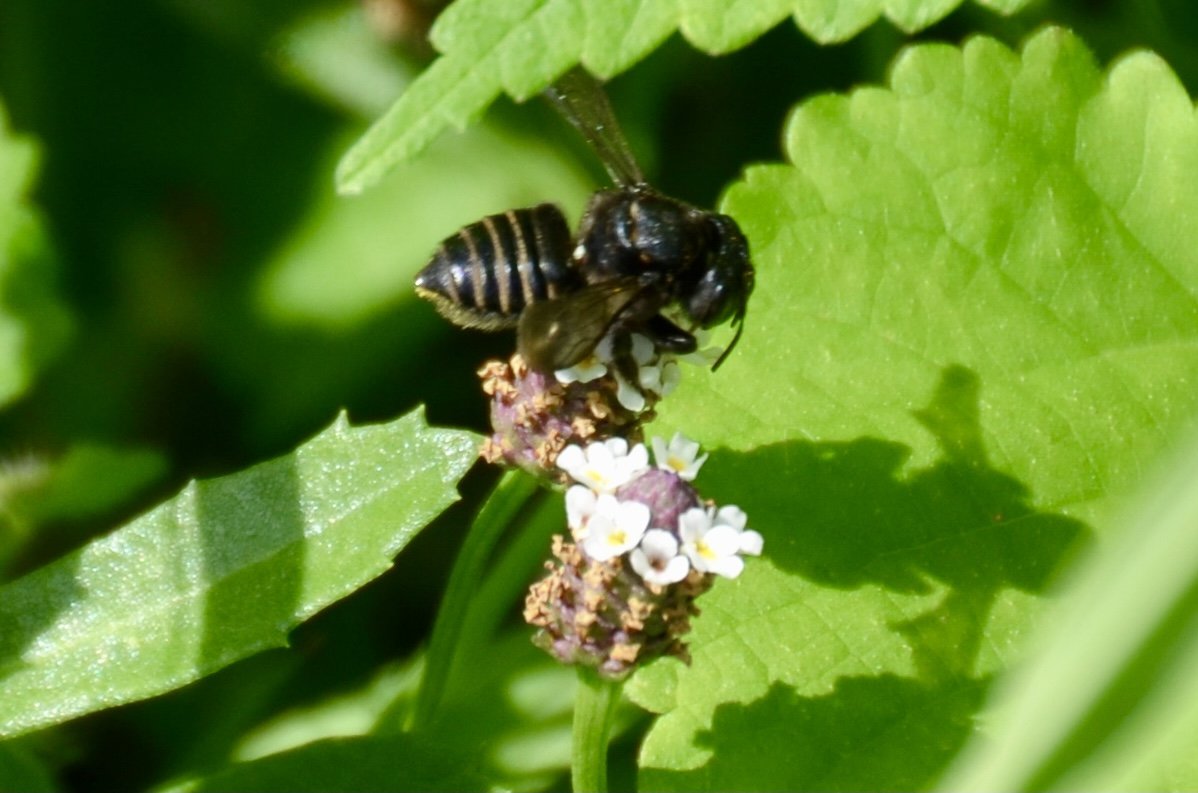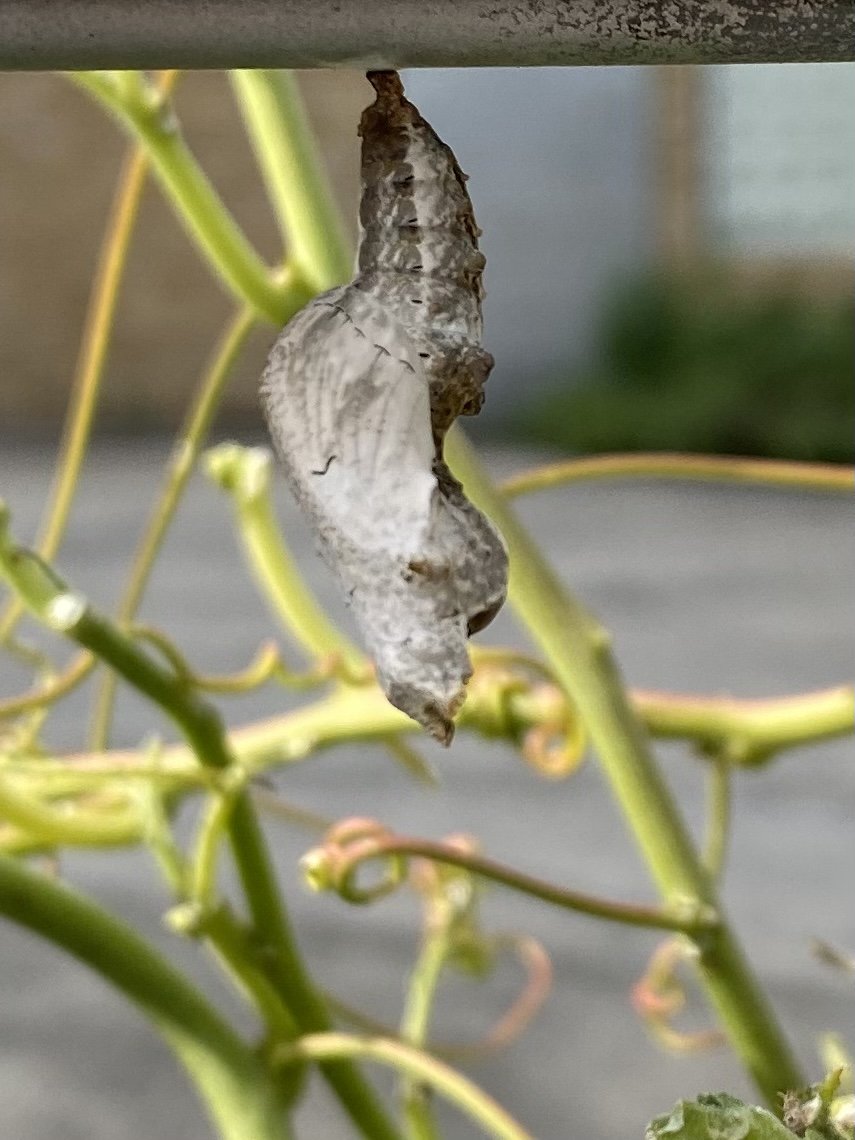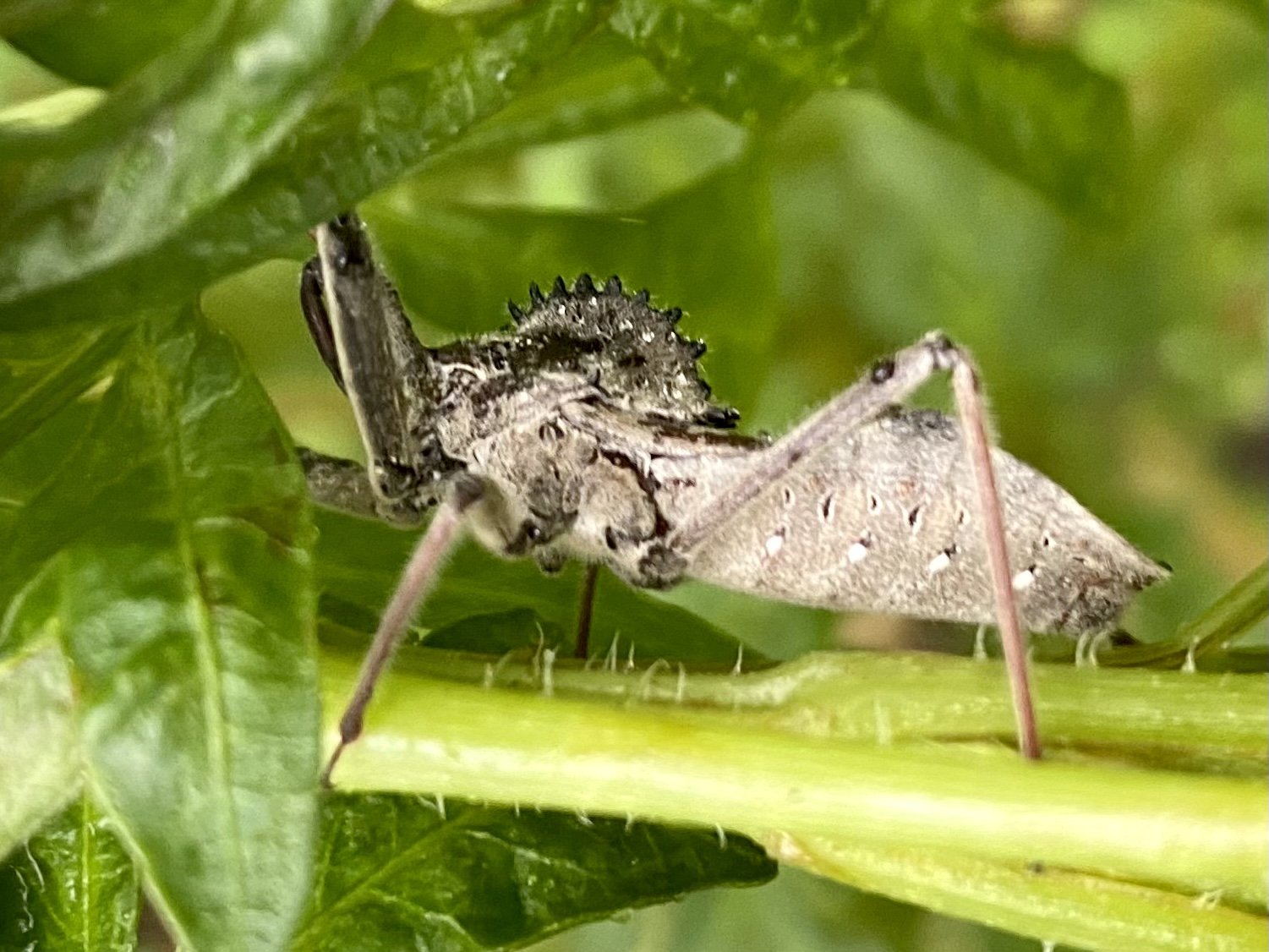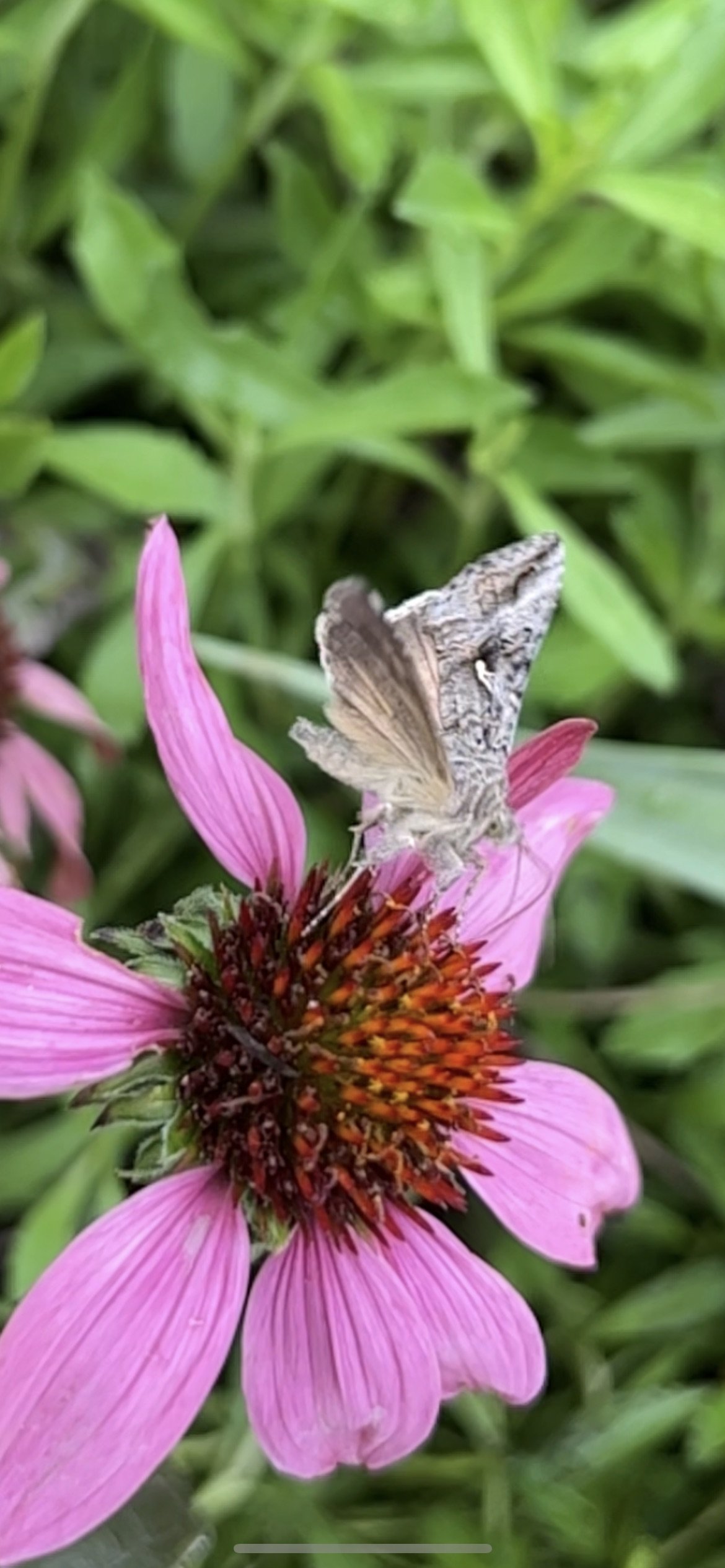Skipper and Pokeweed
Endangered bumble bee and Salvia
Coral honeysuckle and a native bee.
Mocking bird using an American Westeria vine as a lookout for insects to eatt.
Passiflora incarnate and carpenter bee.
Turkey tail mushrooms breakdown rotting trees recycling the nutrients.
Jumping spider
Pachodynerus erynnis, known generally as the red-marked pachodynerus or red and black mason wasp and Lantana camera. Lantanas are complex, I am not certain if this is a native to tropical US or an import. I think it is camara since I see beetles and wasps on it.
Clouded skipper on Lantana camara.
Common green June beetle and lantana camara.
Genus Pyrisitia minisa Yellow butterfly
Golden-reined Digger Wasp
Despite its vivid alarm coloration, the Great Golden Digger Wasp is not an aggressive species of wasp. They tend to mind their own business and can be found sipping on flower nectar during the summer, but in the early spring, females prepare to lay eggs.
Females will dig into loose soil and create many deep tunnels. When established, she then covers them to hide their existence. A female will track a small insect and sting them to paralyze them, but not to kill them. Once the prey is immobile, she will clutch it using her antennae and mandible (mouth parts) in order to fly it back to the tunnels. While in flight with her prey, it is not uncommon to see birds like robins or tanagers attempt to steal her meal from her by chasing her until she drops it. No other known species of Digger Wasp is known to be harassed by birds in this way. If the female is successful in returning to her tunnels with her catch, she will place the paralyzed prey aside to quickly inspect a tunnel. If it looks like it's still intact, she will pull the paralyzed insect, head first, down into it. She then lays an egg on the insect, exits the tunnel, and covers it over again. She repeats this process for each tunnel. Unlike other wasps, she does not actively defend her nest. Once hatched, the wasp larvae will feed on the living, yet immobile, insect until they are developed enough to leave the tunnel lair in the summer. Eventually, the parasitism of the paralyzed insect kills it.
Scientists are studying the behavior of this unique species. Great Golden Digger Wasps seem to display a type of internal programming. If their insect prey is moved away from the tunnel while the female inspects it, she will emerge, relocate it, bring it back to the tunnel entrance and start the inspection all over again. Every female exhibited the same repetitive 'start inspection again' behavior when tested in that way.
Females have also shown that they do not keep a tally of how many insects they catch versus how many tunnels they create. If some meals are stolen by birds, they do not realize that they are short on insects compared to tunnels.
With such gorgeous orange and black coloration, mild demeanor, and interesting behaviors, the Great Golden Digger Wasp is one to admire, not destroy. Perhaps a careful observer will discover even more fascinating things about this species.




